A SPECIAL PROJECT BY ITMO.NEWS
Holography, Space Science, and More
A Timeline of Science at ITMO
In the mid-20th century, LITMO scientists developed the first computers; today, researchers at the university develop advanced algorithms while ITMO is the world’s only seven-time champion of ICPC – the most prestigious programming competition. The “father of Russian holography,” Yuri Denisyuk, studied and worked at ITMO; it was the place where the first lasers and mirrors for space telescopes were developed. Today ITMO scientists continue to advance these fields further.
On Russian Science Day, we will look back on landmark scientific discoveries and what is happening in their corresponding fields today. The first computers and the development of programming, lasers, holography, space science and more – 80 years of the history of science all in one place.
COMPUTER TECHNOLOGIES
1940s: The first computers

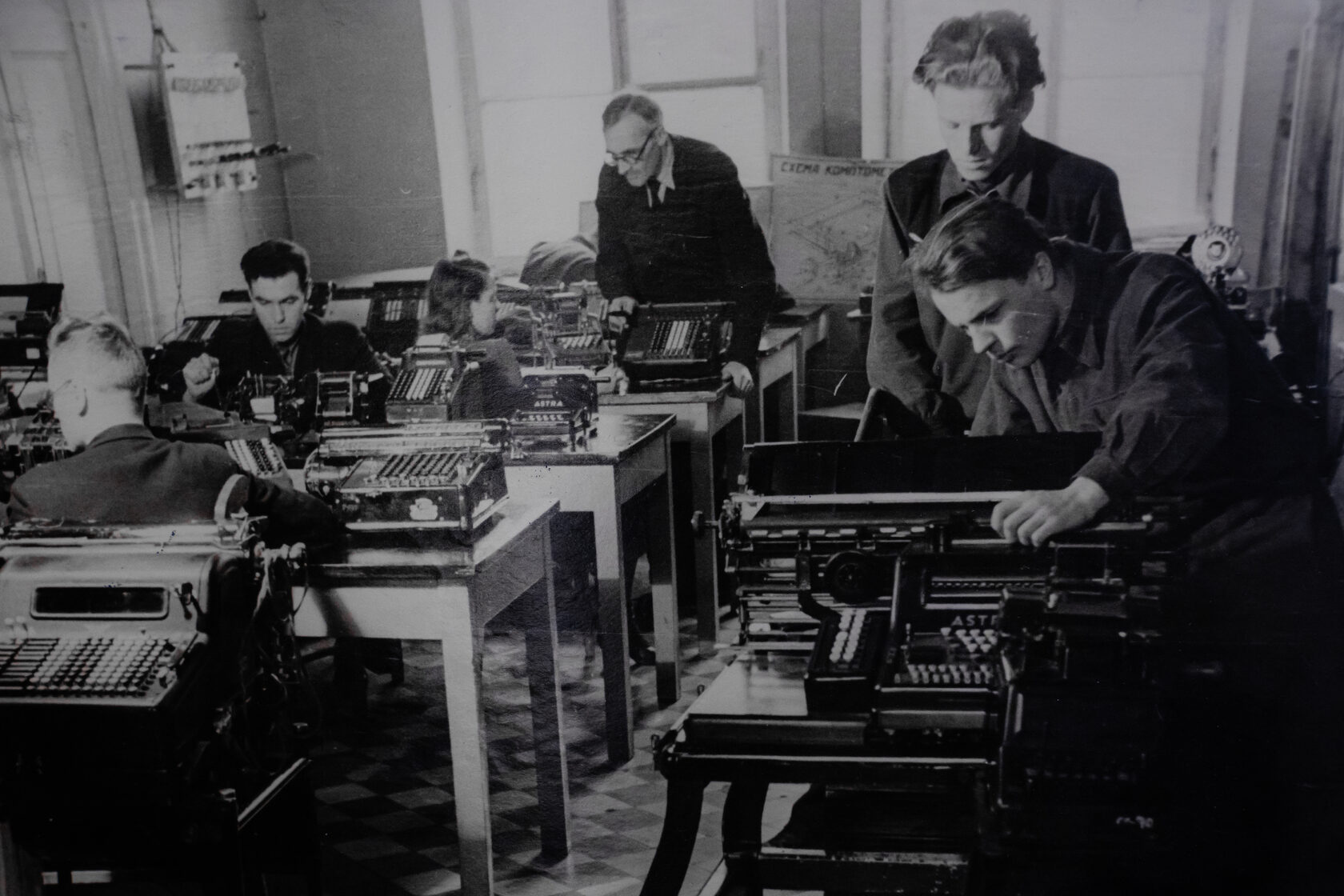
The first computers came around after the end of WW2. They employed fragile vacuum tubes and occupied entire floors. It is believed that there were about 1,700 such devices in the world in 1958, and those were only used by the most important organizations. In the late 1940s, LITMO scientists began to actively study them.
1950s: LITMO-1
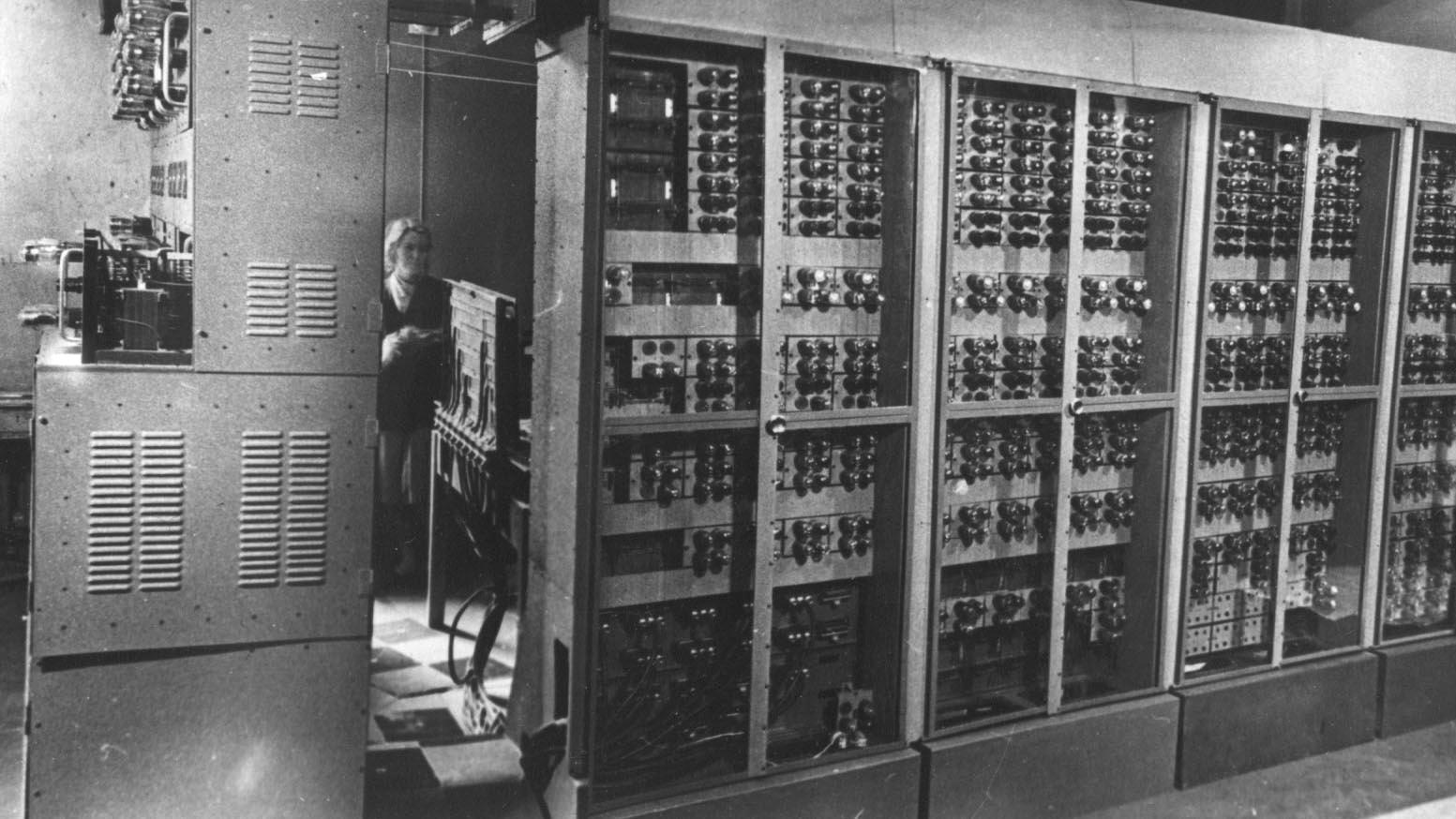
By the mid-1950s, scientists summarized experimental data and decided to create a device for engineering calculations. They bought the EV-80 computer and used it to create a machine of their own design that they called LITMO-1.
Their research began in 1956, with associate professor Feodosiy Galkin as chief engineer, who actively involved students in the project.
One of these students was Gennadiy Novikov, the future Rector of LITMO. It was he who proposed a way to increase the number of memory cells from 512 to 1024.
One of these students was Gennadiy Novikov, the future Rector of LITMO. It was he who proposed a way to increase the number of memory cells from 512 to 1024.
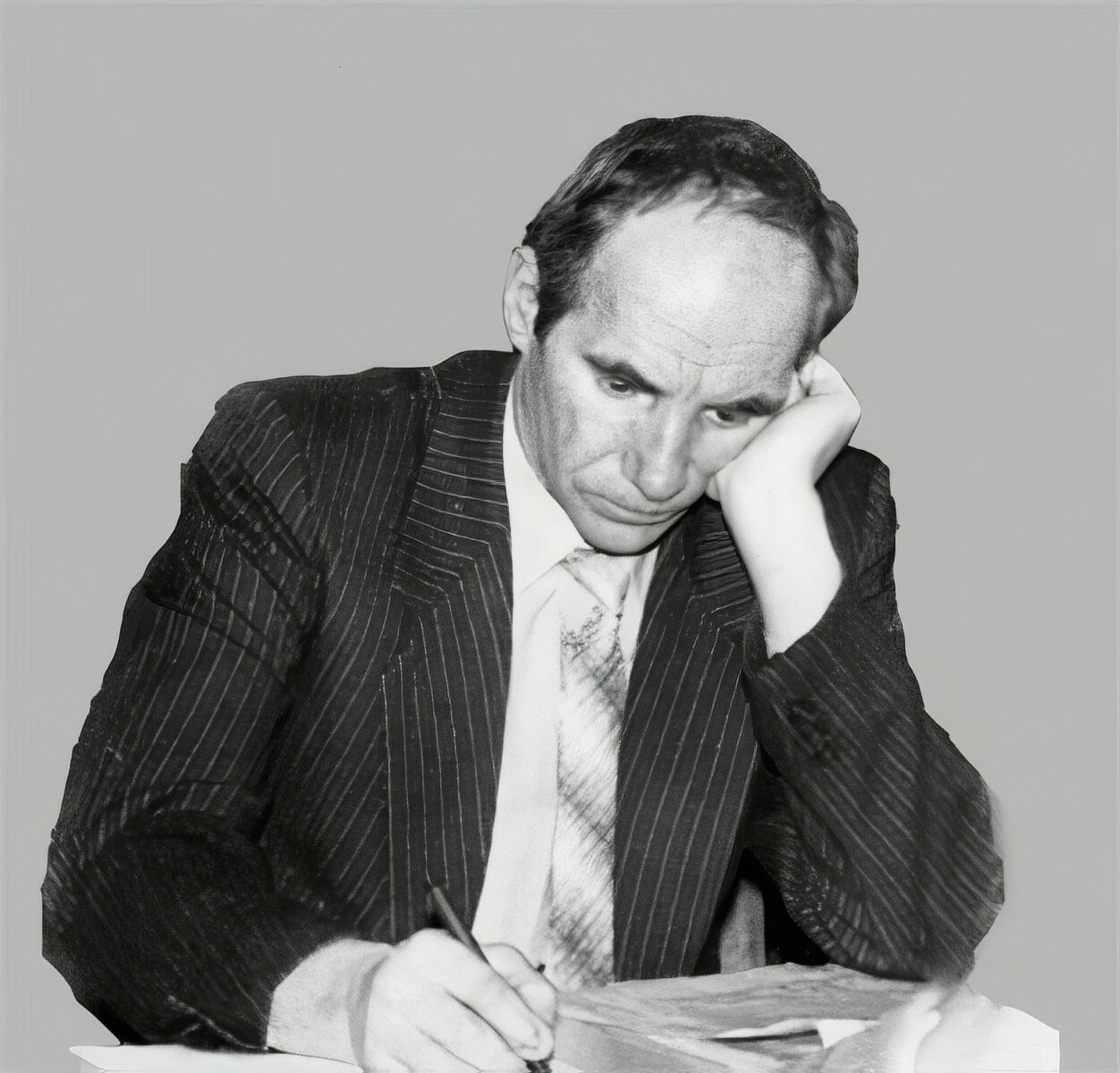
The resulting device used two thousand vacuum tubes and could process 37-bit binary numbers with the speed of 100 operations per second. It was the first computer developed specifically for engineering calculations.
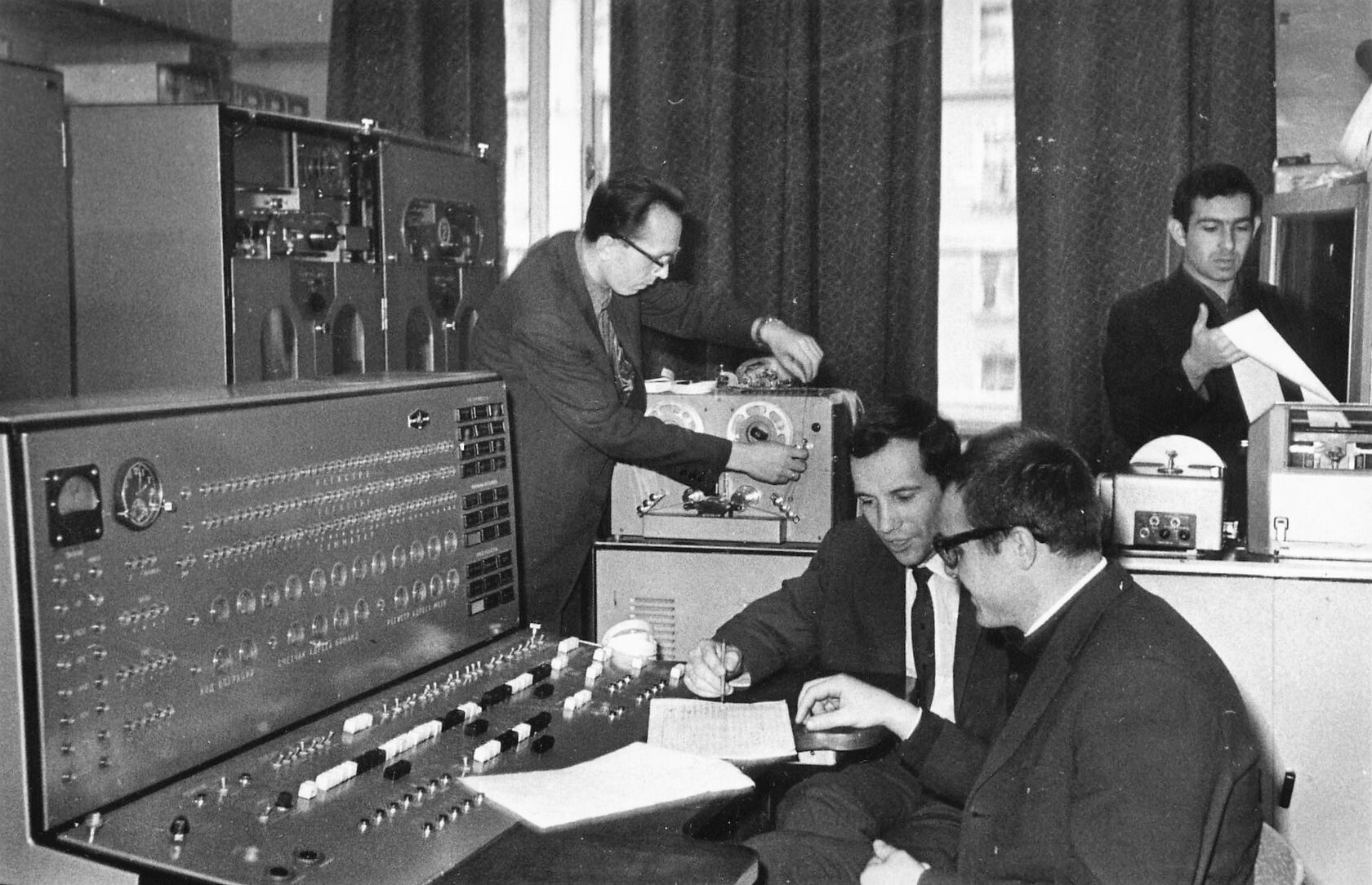
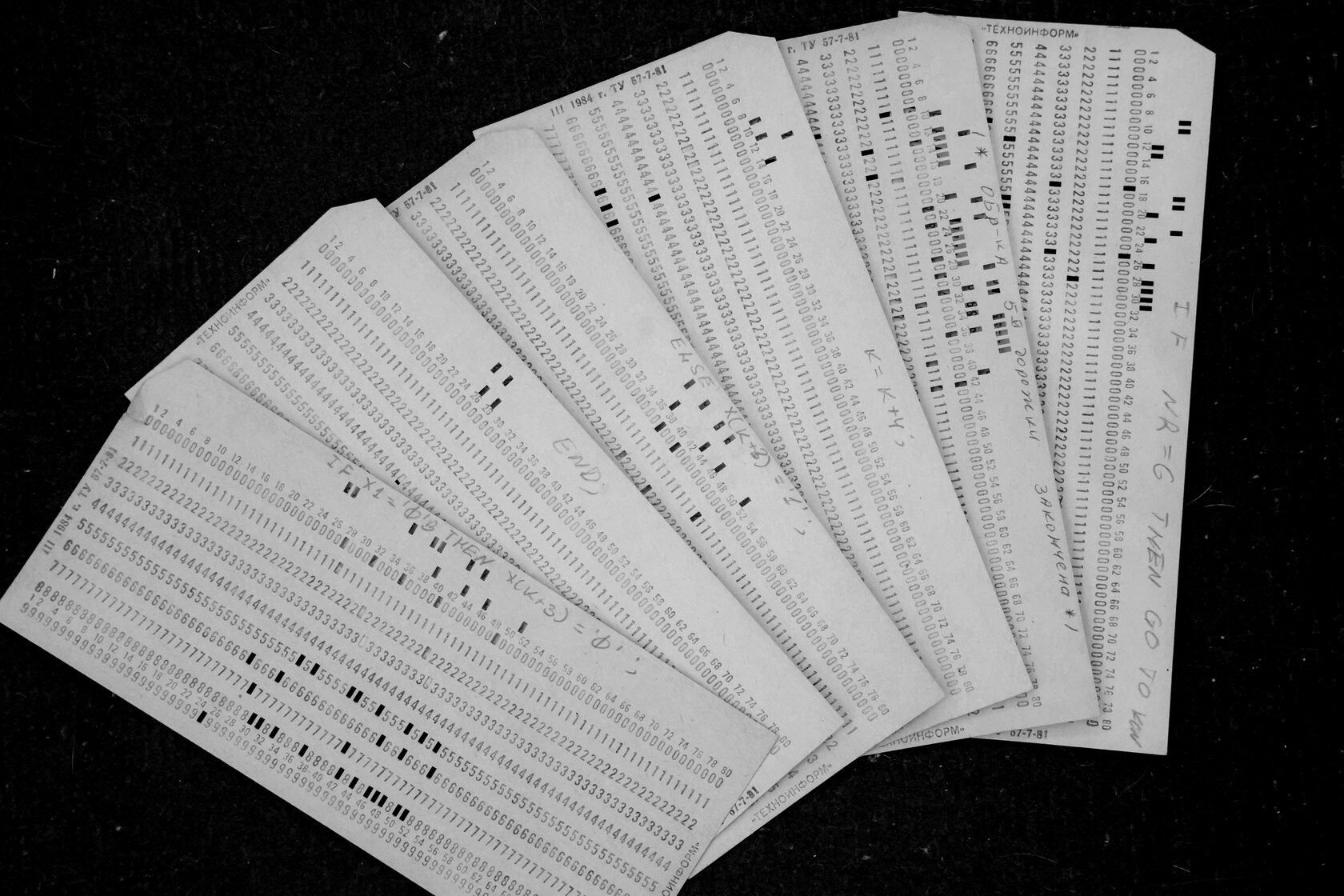
1960s: LITMO-2
In 1960, fragile vacuum tubes were replaced with semiconductor diodes, and the memory capacity was increased to 2048 words. The machine remained in use until 1964.
By that time, a group of students led by Gennadiy Novikov created a new machine that used ferrite-transistor cells instead of vacuum tubes. They named it LITMO-2. The project earned its developers medals from the Ministry of Higher Education of the Soviet Union for the best student project.
By that time, a group of students led by Gennadiy Novikov created a new machine that used ferrite-transistor cells instead of vacuum tubes. They named it LITMO-2. The project earned its developers medals from the Ministry of Higher Education of the Soviet Union for the best student project.
In the 1980s, scientists at LITMO experimented with microprocessors that made it possible to create compact devices. At that time, they were called microcomputers in memory of the humongous machines that occupied entire rooms. LITMO scientists developed a special microcomputer for working with scientific equipment. They wrote the software as well as designed the actual hardware which was used to run the code.
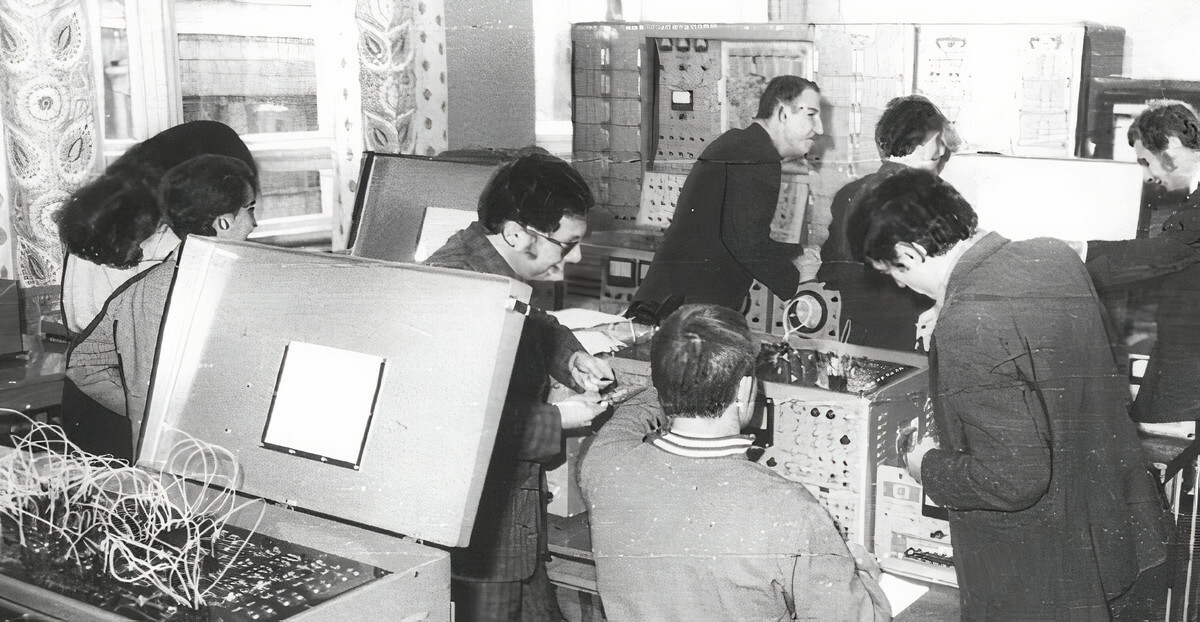
In 1991, ITMO Rector Vladimir Vasilyev founded and became the head of the Department of Computer Technology Systems. It was the students and staff of this unit that won ITMO its status as the only seven-time winner of ICPC, the world’s most prestigious programming competition.
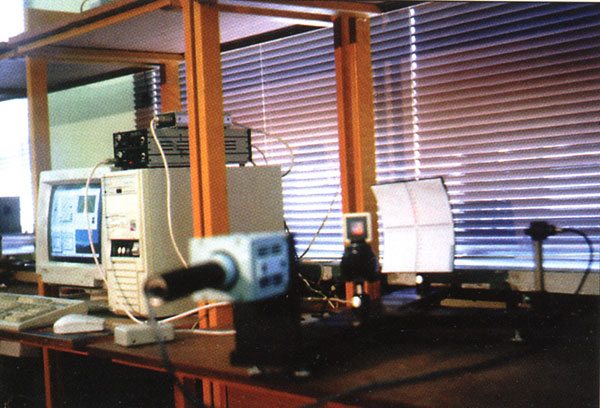
Since the early 1990s, ITMO students and graduates have taken part in the development of major IT projects. For example, Dmitriy Andrianov participated in development of the first version of Mail.ru. At that time, the future email giant’s servers stood right in the university halls.
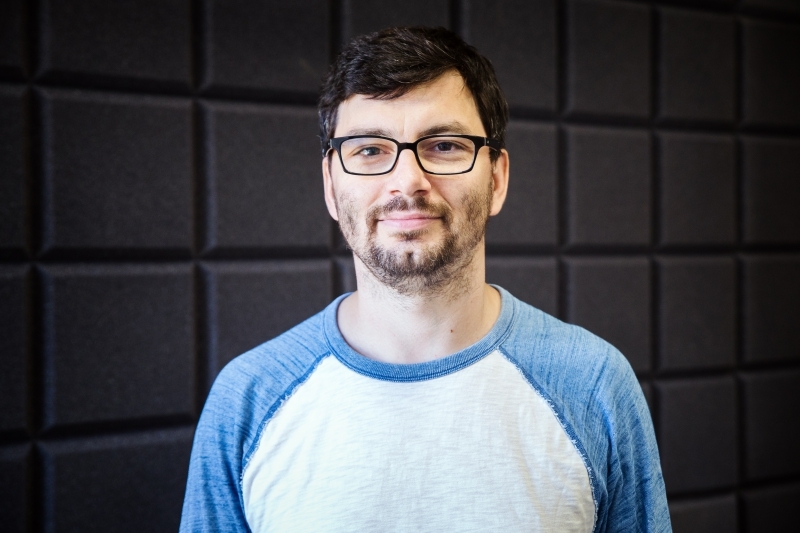
Dmitriy Andrianov
In 2010, JetBrains designed a new programming language, Kotlin – named after the island on which the city of Kronstadt is located. The project is headed by ITMO University alumni. In 2017, Kotlin was named an official Android development language. In the same year, ITMO became the world’s only seven-time programming champion.
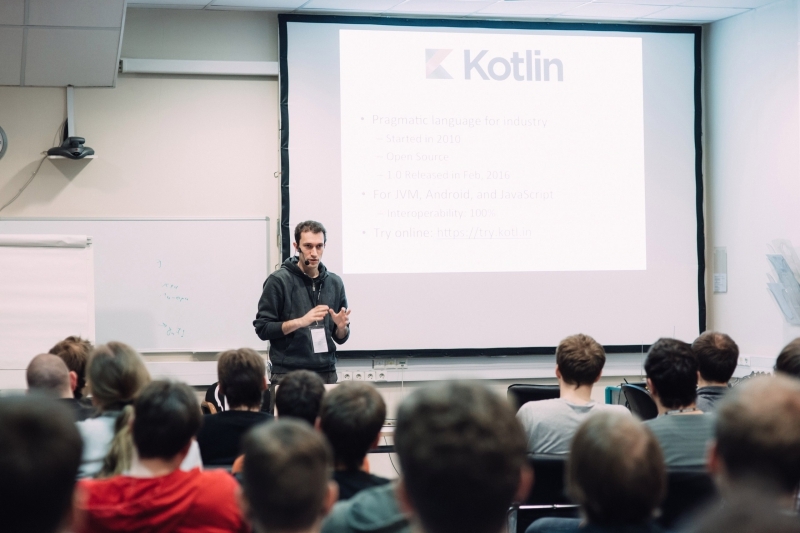
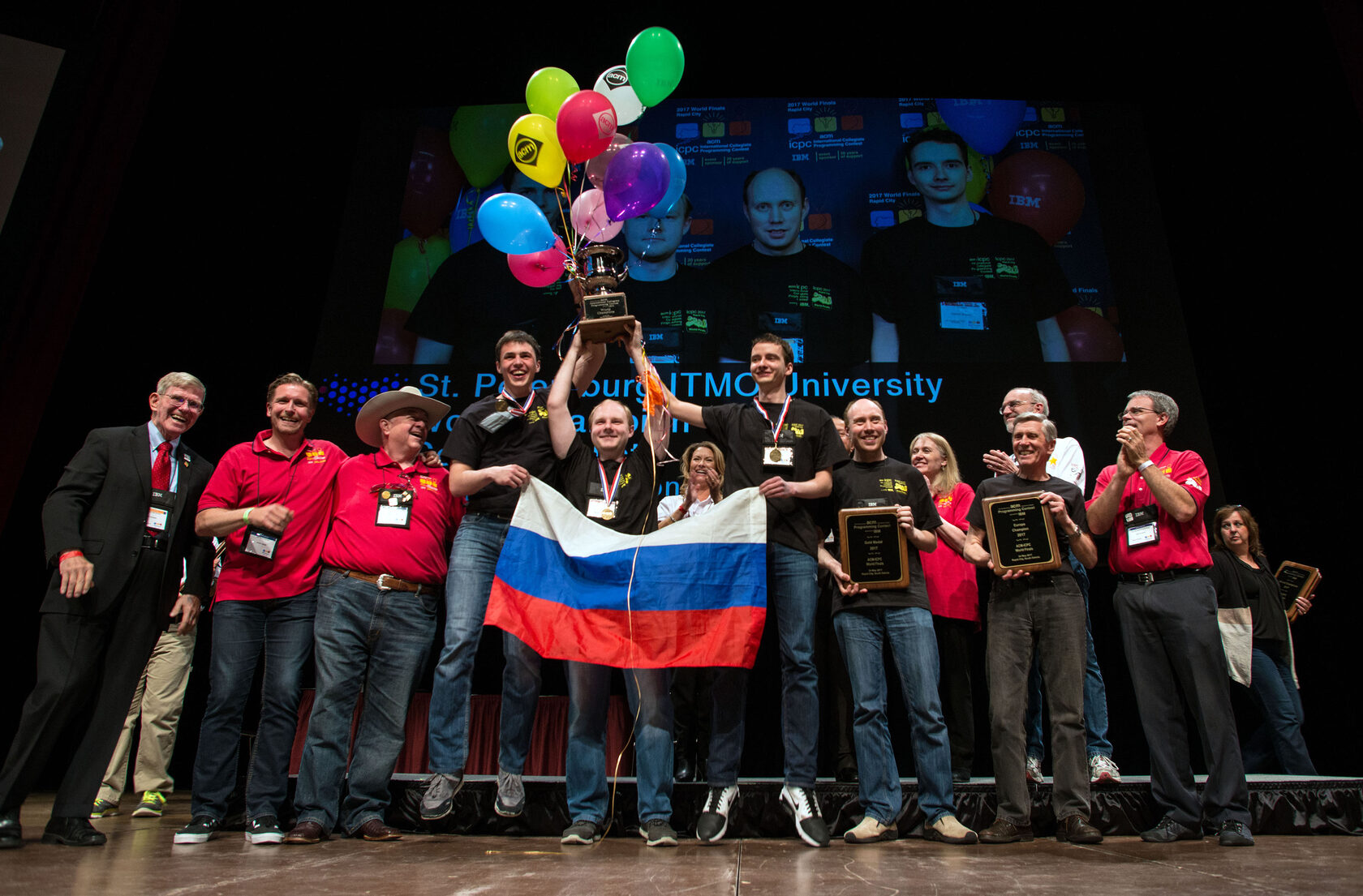
In late 2019, ITMO University opened a regional representative office of ICPC Global – the international organization that hosts the world’s oldest programming competition. It was also then that the ITMO team was joined by Mikhail Mirzayanov, the founder of the competitive programming platform Codeforces. ITMO University became one of the most distinguished competitive programming centers.
Today
ITMO specialists continue to develop the fundamentals of programming. Scientists from the International Laboratory “Computer Technologies” focus on evolutionary computations, from theoretical fundamentals to their use in other fields of science. These technologies are used to study the history of genetic populations, predict spatial configuration of proteins, and create schedules for loading rods in nuclear reactors. Such tasks call for efficient algorithms.
Gennadiy Novikov
At first, the data could only be entered with a keyboard, but later, the scientists introduced the use of punch cards. This made the computer’s operation a lot faster.
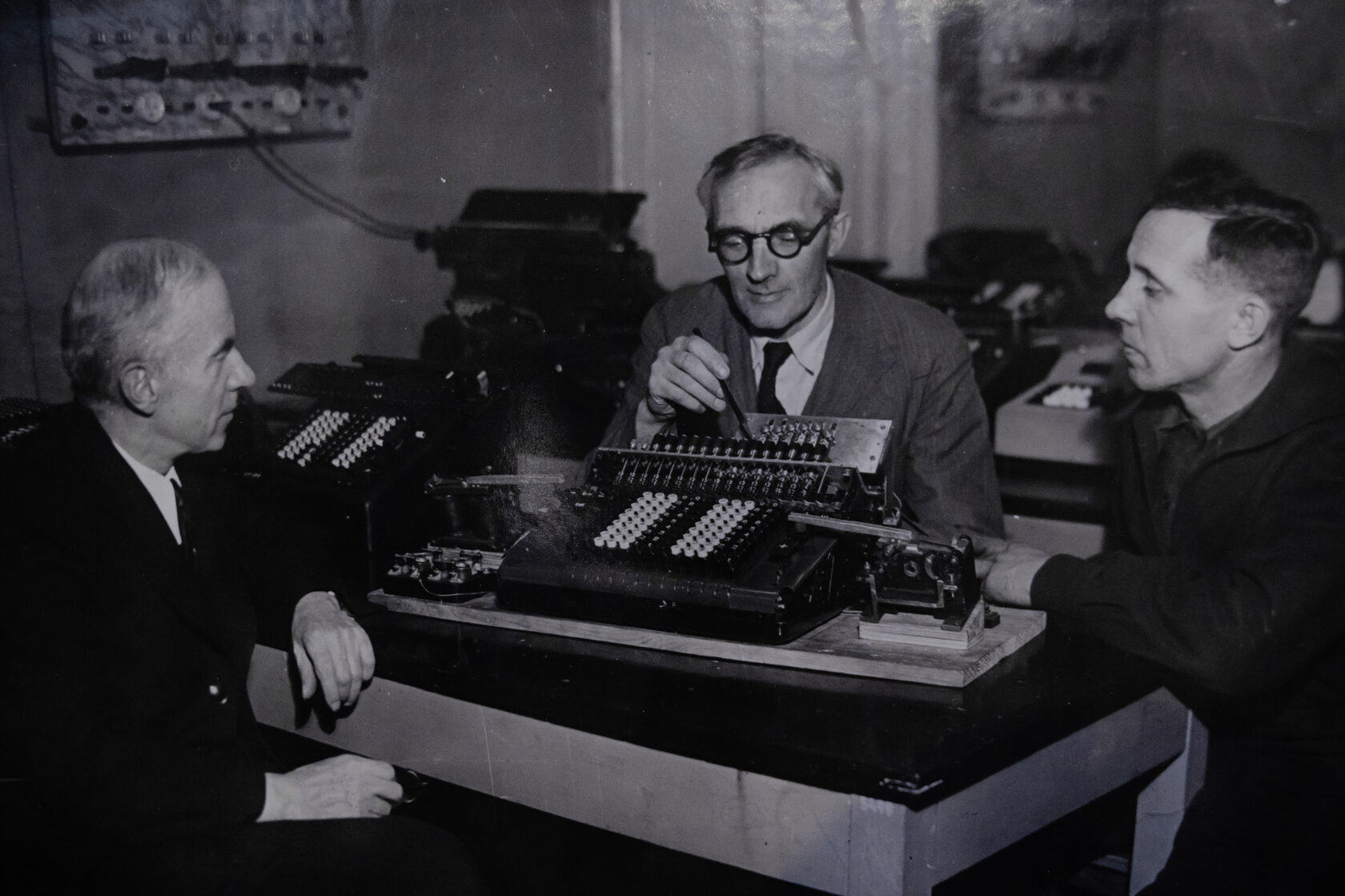
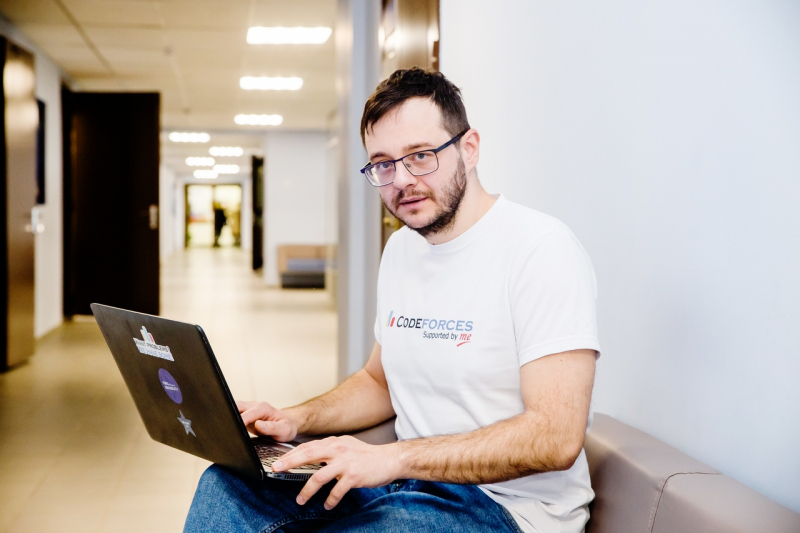
Mikhail Mirzayanov
No university in the world has yet to match this achievement.
1970s: First steps towards quantum computing
1980s: Microcomputers
1990s: The new age of computers
2010s: New achievements
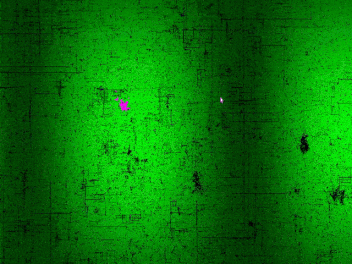
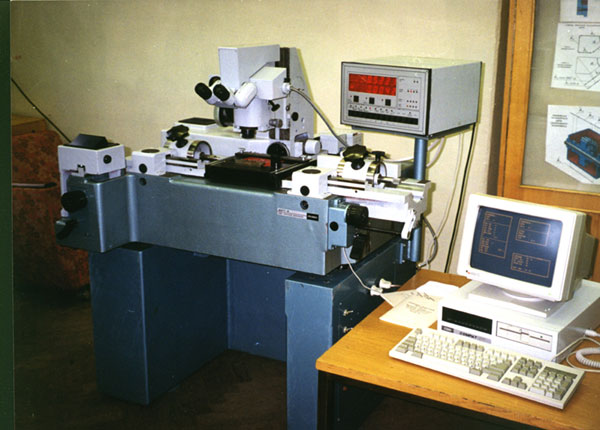
In 1972, LITMO scientists faced an obstacle while working on speech recognition technologies. Professor Sergei Majorov proposed using optical methods rather than electronic ones.
Together with his colleagues, he started actively developing the concepts for the development of optical computing machines. At that time, such research was being conducted in various countries. It laid the foundation for the very quantum computer that some of the world’s top tech companies are trying to create today.

Arina Buzdalova,
Research associate at the Information Technologies and Programming Faculty:
«The purpose of optimization is to reach a point we’d like to be at. Evolution determines the route, algorithms and data structures determine the mode of transportation (whether we’ll be on foot, skating along, or driving), and theory tells us how quickly we can get to the goal given our current conditions».
Research associate at the Information Technologies and Programming Faculty:
«The purpose of optimization is to reach a point we’d like to be at. Evolution determines the route, algorithms and data structures determine the mode of transportation (whether we’ll be on foot, skating along, or driving), and theory tells us how quickly we can get to the goal given our current conditions».
Holography
1950s: The invention of optical holography

In 1954, Yuri Denisyuk graduated from LITMO’s Faculty of Physics and Engineering. Right after that, he joined the Vavilov State Optical Institute. It is there that he made the invention that would immortalize his name and make him one of the most famous Soviet scientists.
1960-1970s: The path to recognition
Then again, not everyone came to appreciate Denisyuk‘s discovery. He had been trying to register it since 1962, but succeeded in doing that only in 1970. As of today, his work is world-famous, and together with the Hungarian researcher Dennis Gabor and American scientists Emmett Leith and Juris Upatnieks, he’s called one of the forefathers of holography.
In the late 1950s, Denisyuk started trying to record images on glass in such a way that they would seem three-dimensional. He succeeded in 1959. His colleague Nikolai Bahshiev left a recollection of one of the first demonstrations of the new method:
«It was located on the second floor of the building at Birzhevaya Liniya, 14; there, where once stood a toilet, a wooden shield with an optical system for making 3D holograms was fixed on a sawhorse. Yuri Denisyuk briefly explained the essence of the discovered phenomenon, and demonstrated several holograms that reproduced images of 3D objects. I was dazzled by the ingenious simplicity of the idea and the fine way of how it was executed».
«It was located on the second floor of the building at Birzhevaya Liniya, 14; there, where once stood a toilet, a wooden shield with an optical system for making 3D holograms was fixed on a sawhorse. Yuri Denisyuk briefly explained the essence of the discovered phenomenon, and demonstrated several holograms that reproduced images of 3D objects. I was dazzled by the ingenious simplicity of the idea and the fine way of how it was executed».
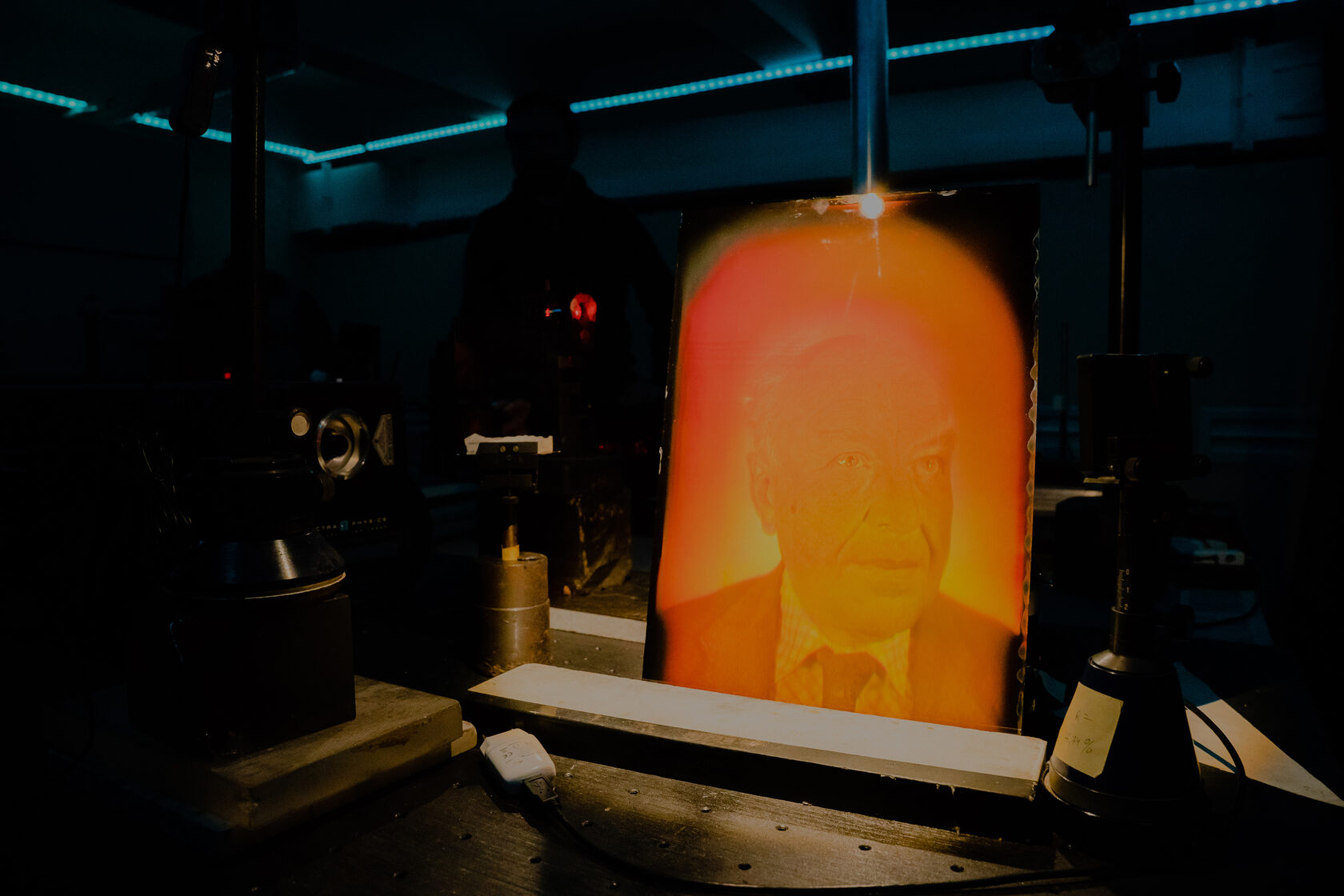
1980s: Holographic images of moving objects
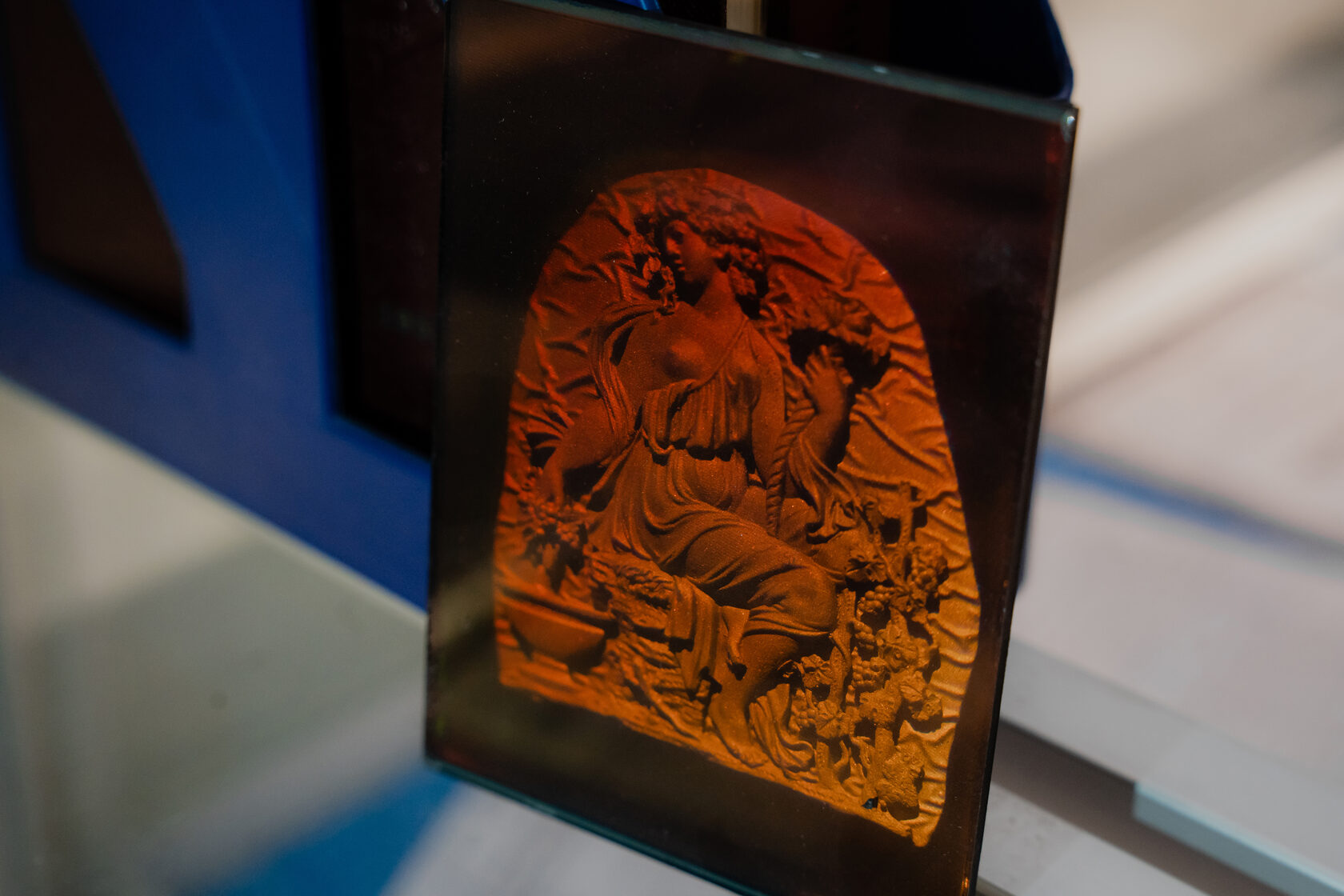
In 1980, Yuri Denisyuk returned to his alma mater and became a LITMO professor while continuing to work at Vavilov State Optical Institute. Experiments in the late 1970s and early 1980s helped him get holographic images of moving objects. For this work, he received the USSR State Prize. The scientist also actively experimented with using holography for artistic purposes.
2017: New applications of holography
Today, holography has many practical applications. In 2017, ITMO researchers developed a quick method for finding impurities in liquids and improved the lensless computational microscopy technology. It was around that time that the university’s specialists assembled a system for holographic registration of processes with a resolution of a quadrillion fractions of a second, which can be used to study the formation and evolution of plasma channels.
ITMO University scientists developed a new high-sensitivity method for studying the non-linear optical properties of substances. It allows them to find defects in materials that can’t be identified by other means.
ITMO University scientists developed a new high-sensitivity method for studying the non-linear optical properties of substances. It allows them to find defects in materials that can’t be identified by other means.
ITMO also conducts research in the field of artistic holography. In spring 2019, the university opened a production site for image holograms, and later in summer, ITMO and St. Petersburg State University of Culture and Arts launched an interdisciplinary project on creating full-color analog pictorial holograms of art items. The scientists also work on the creation of volume holograms of objects.
In late 2020, ITMO received a presidential grant for the development of a new digital holographic microscope that can be used for studying objects like living cells.
ITMO researchers are also working on recording holograms in terahertz radiation, a research that got support from the Russian Science Foundation. This gives the opportunity to see how radiation beams look in the terahertz band, as well as how they dissipate and propagate in space. This project can help develop new communication technologies, as 6G networks can make use of terahertz radiation. For this reason, scientists and engineers have to know how waves carrying information behave.
ITMO researchers are also working on recording holograms in terahertz radiation, a research that got support from the Russian Science Foundation. This gives the opportunity to see how radiation beams look in the terahertz band, as well as how they dissipate and propagate in space. This project can help develop new communication technologies, as 6G networks can make use of terahertz radiation. For this reason, scientists and engineers have to know how waves carrying information behave.

2020: Digital holographic microscope
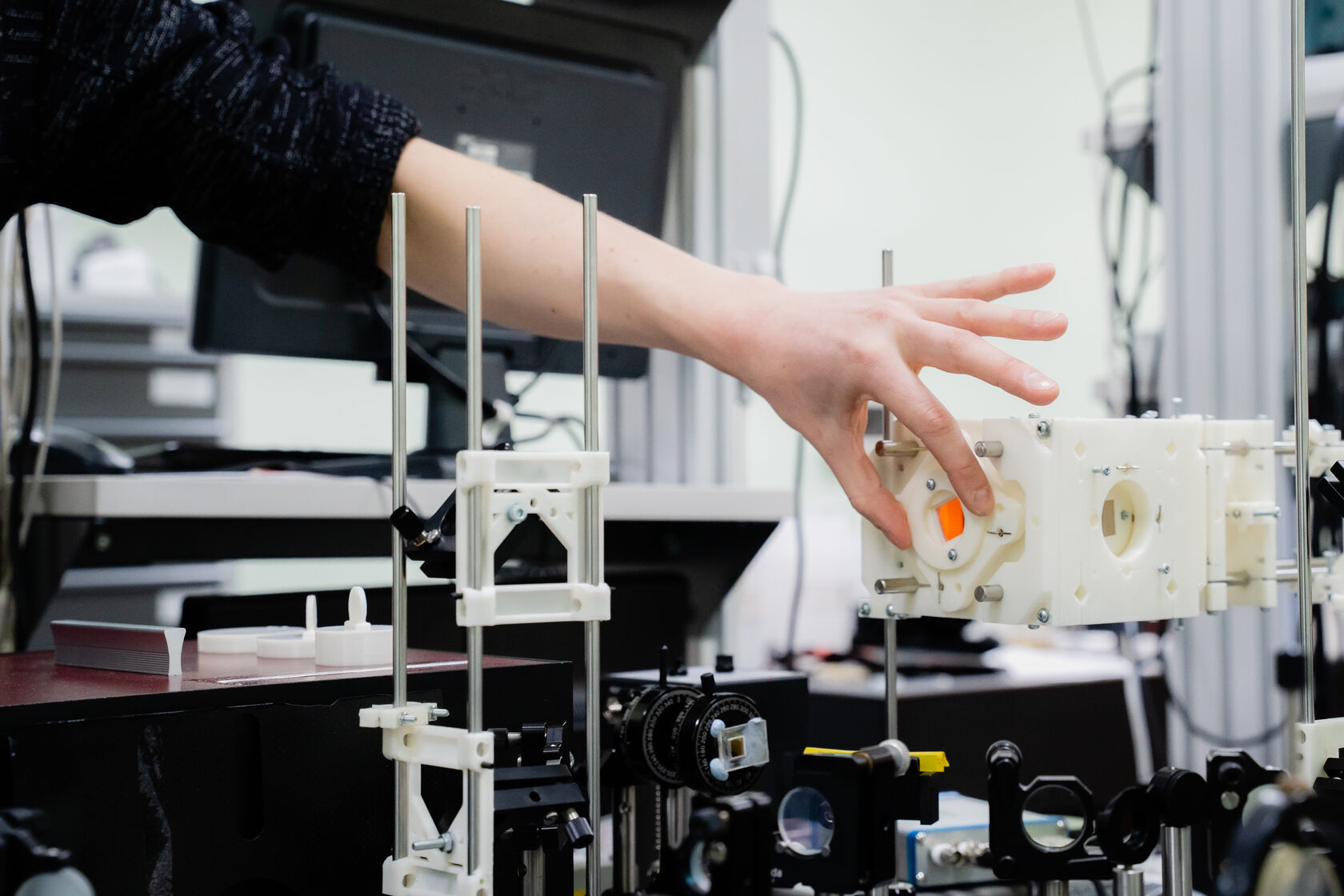
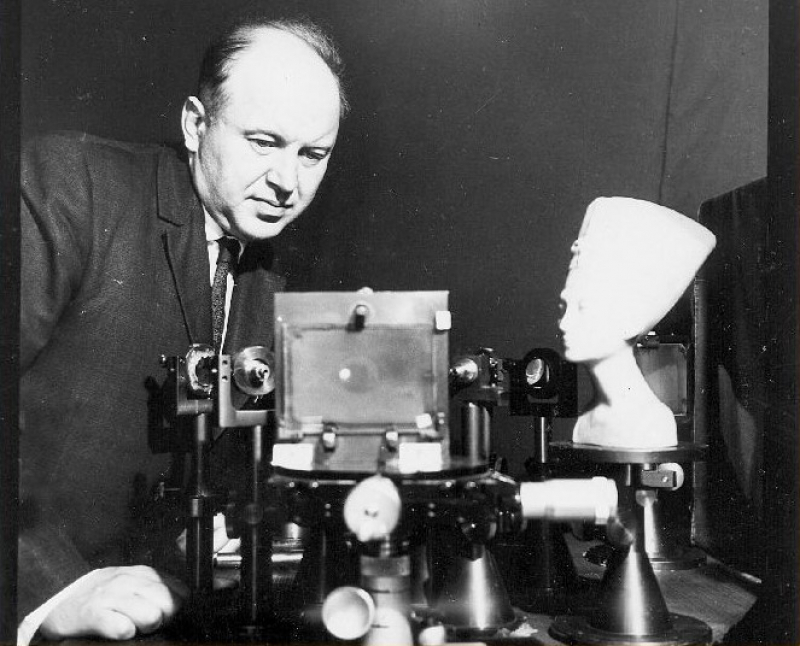
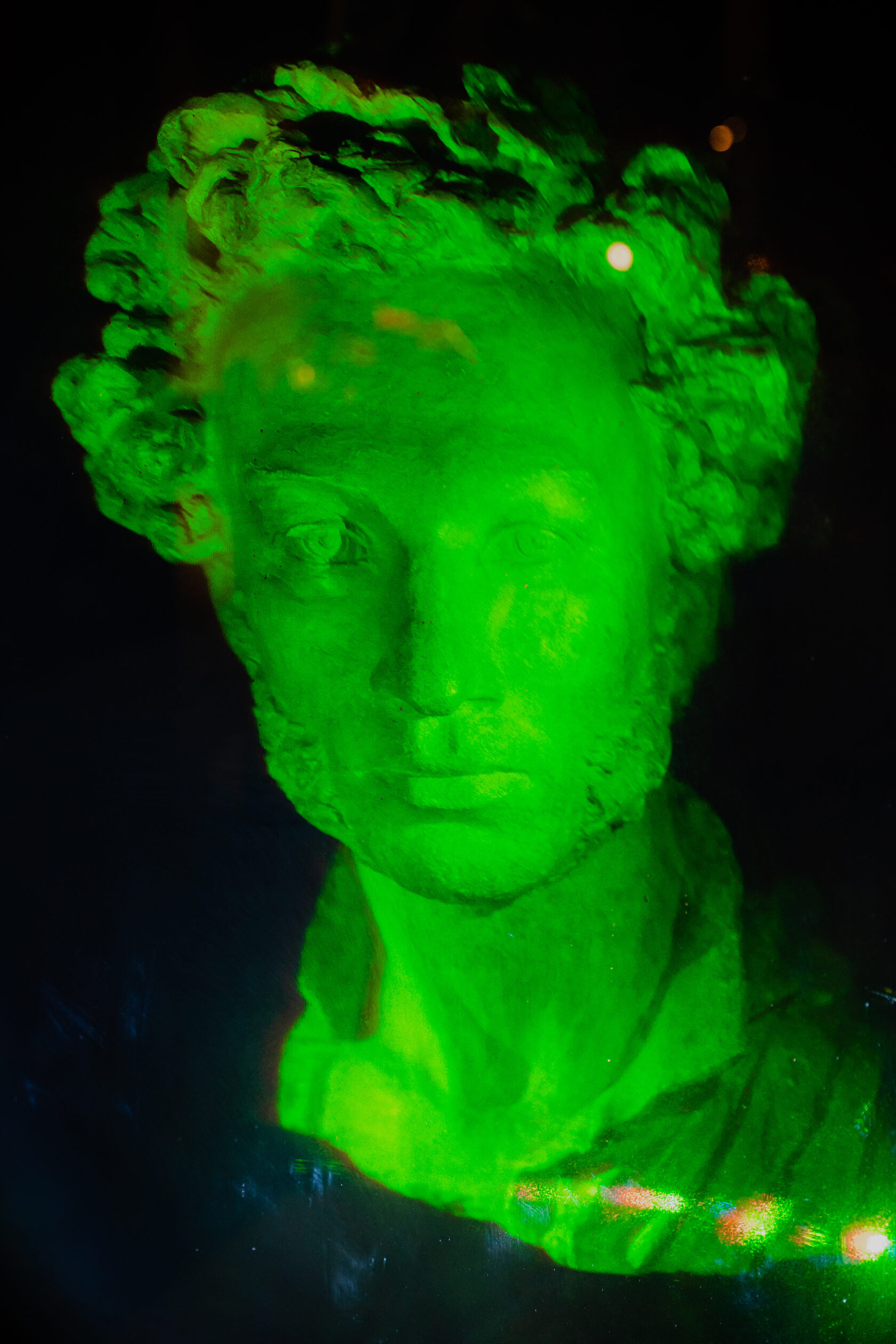
Nikolai Petrov
A senior researcher at ITMO University.
«We can record digital holograms of cells and monitor their dynamics – a cell’s life cycle or the effect of some inhibiting factors. Common microscopy calls for staining, as many cells are transparent. In order to see them, you need to add a colorant, but that can affect their behavior. Holographic microscopy allows for studying cells without such intrusions: the cell interferes with the wavefront, and we can measure its profile, the refraction index, or some other properties that you can’t usually see».
A senior researcher at ITMO University.
«We can record digital holograms of cells and monitor their dynamics – a cell’s life cycle or the effect of some inhibiting factors. Common microscopy calls for staining, as many cells are transparent. In order to see them, you need to add a colorant, but that can affect their behavior. Holographic microscopy allows for studying cells without such intrusions: the cell interferes with the wavefront, and we can measure its profile, the refraction index, or some other properties that you can’t usually see».

Lasers
1960: First lasers
In 1960, the American scientist Theodore Maiman was the first to demonstrate the light amplification by stimulated emission of radiation or, simply put, the first laser. This was a scientific breakthrough of that time, and researchers around the world started to work towards the creation of such devices. At the same time, the scientific community began to train specialists in this new field. In 1963, Konstantin Krylov, a LITMO professor, founded USSR’s first Department of Quantum Electronics, where students learned to construct and use lasers. Konstantin Krylov was also actively engaged in the field. Together with Prof. Khromov, he participated in the Soviet Union’s first experiments in the field of laser surgery in the 1960s.
1965: Laboratory of laser technologies
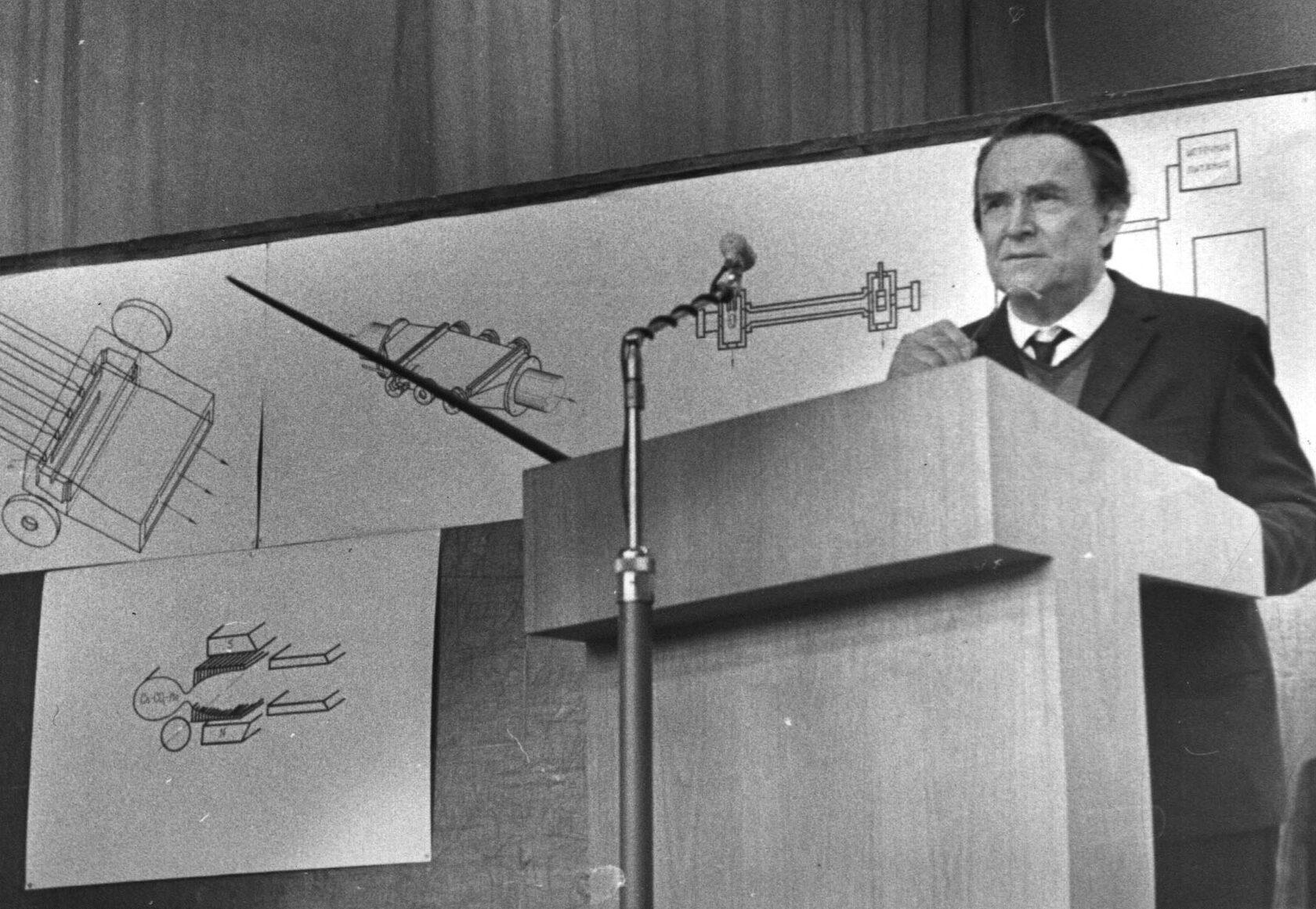
In 1965, Krylov’s students Vadim Veiko and Mikhail Libenson established a laboratory of laser technologies at LITMO and started working with the Vavilov State Optical Institute. Back then, the scientists studied a new material for lasers, namely glass with a dash of neodymium. This rare-earth metal could be used to create active elements of any shape.
Around the same time, LITMO scientists were involved in the development of a laser drilling method for producing dies – special forms for manufacturing wires. Drilling a single hole in a diamond die used to take hours, but thanks to the work of scientists and engineers, now it can be done in just a few minutes.
Around the same time, LITMO scientists were involved in the development of a laser drilling method for producing dies – special forms for manufacturing wires. Drilling a single hole in a diamond die used to take hours, but thanks to the work of scientists and engineers, now it can be done in just a few minutes.
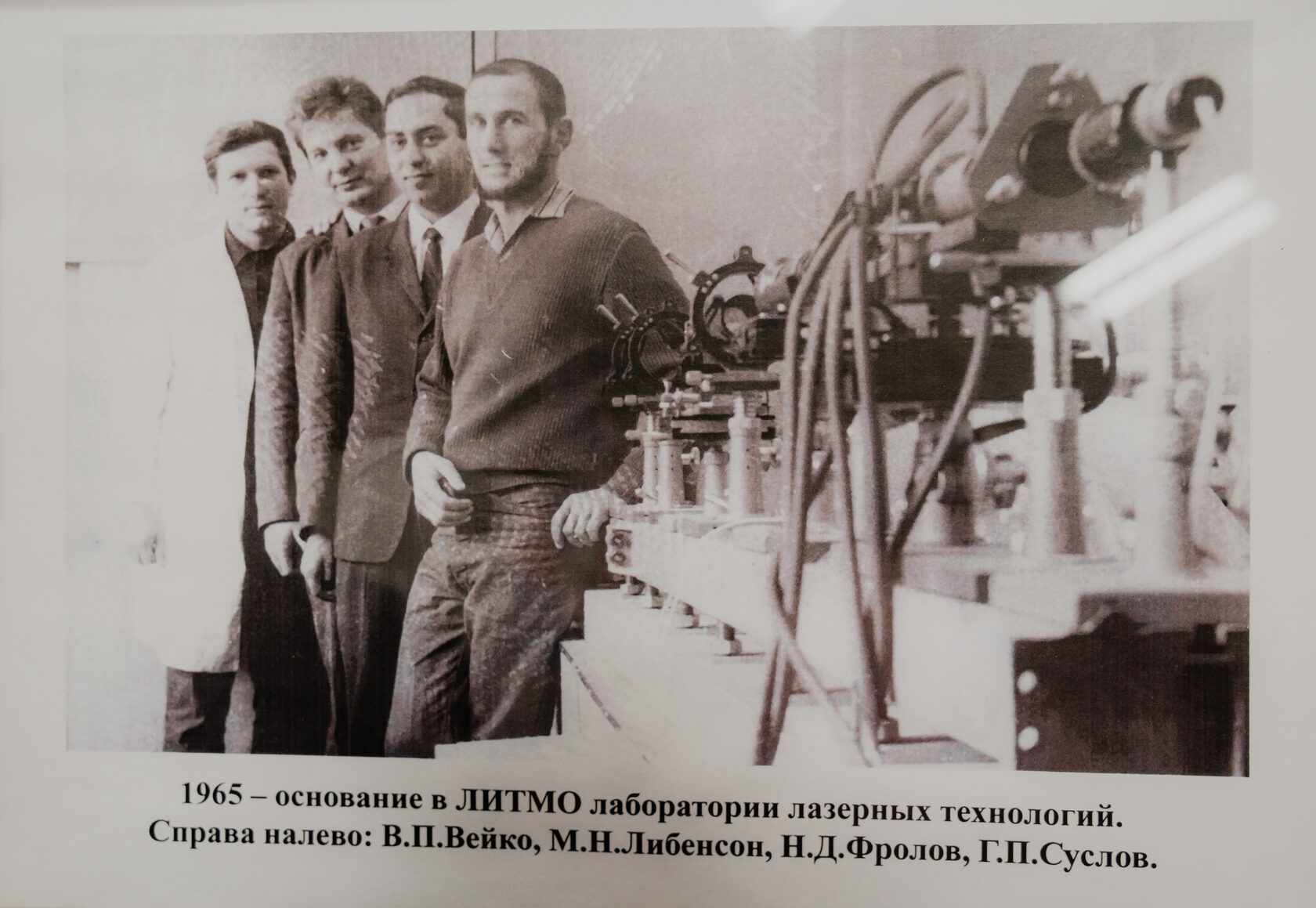
Prof. Konstantin Krylov
1965. The founding of the Laboratory of Laser Technologies at LITMO. From right to left: V.P. Veiko, M.N. Libenson, N.D. Frolov, G. P Suslov.
Vadim Veiko
Professor at the Faculty of Laser Photonics and Optoelectronics:
«Back then, there were no lamps for laser pumping and we had to use flashlamps, which were U-shaped; it was extremely inconvenient. As a result, we decided to cut a rectangular piece of glass, which looked like today's iPhone. Its thickness and width let it perfectly fit into the U-shaped lamp, and eight lamps could be placed along its length. The resulting laser became one of the first high-power lasers, providing a record energy exceeding 1 J per millisecond. Such lasers with a giant pulse duration of 100 nanoseconds made it possible to instantly obtain complex-shaped images on thin films with a resolution of up to 1 micrometer, which was a record at that time».
Professor at the Faculty of Laser Photonics and Optoelectronics:
«Back then, there were no lamps for laser pumping and we had to use flashlamps, which were U-shaped; it was extremely inconvenient. As a result, we decided to cut a rectangular piece of glass, which looked like today's iPhone. Its thickness and width let it perfectly fit into the U-shaped lamp, and eight lamps could be placed along its length. The resulting laser became one of the first high-power lasers, providing a record energy exceeding 1 J per millisecond. Such lasers with a giant pulse duration of 100 nanoseconds made it possible to instantly obtain complex-shaped images on thin films with a resolution of up to 1 micrometer, which was a record at that time».

1970-1980s: New technologies in microelectronics
In the 1970-80s, LITMO scientists were engaged in laser processing of thin films for microelectronics. The machines Quartz-2, 4, and 5, that were used in numerous factories of the country, were developed based on these studies. The work was awarded the USSR State Prize in Science and Technology.
2020: New technologies and their implementation
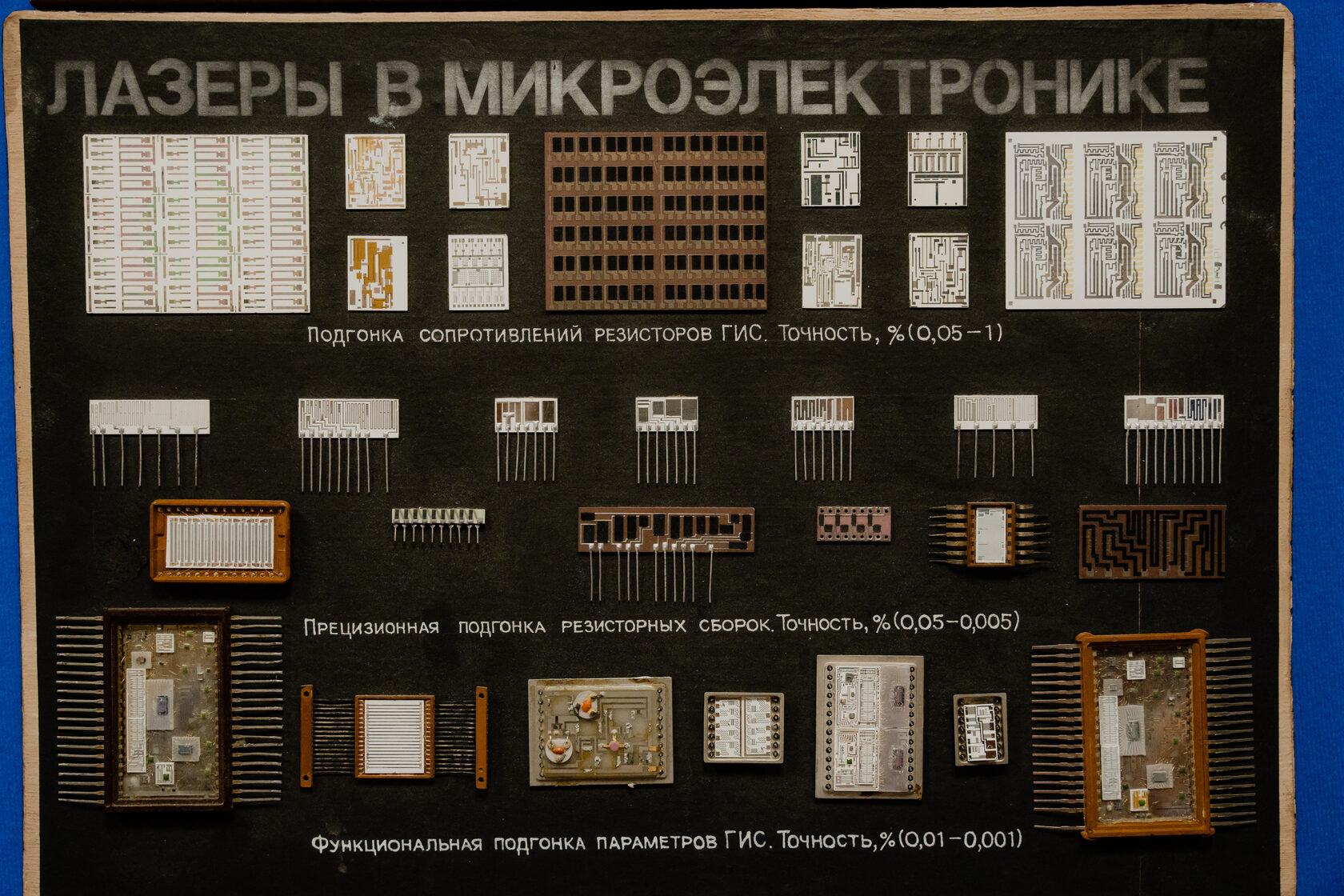
2000s: Development of laser technologies
Scientists continue to actively advance the existing methods of laser surface treatment, and propose new ones. Researchers create methods for applying microcircuits to polymer films. A microcircuit can be “drawn” with a laser on a tiny fragment of a polymer, and then be used in ultra-compact devices.
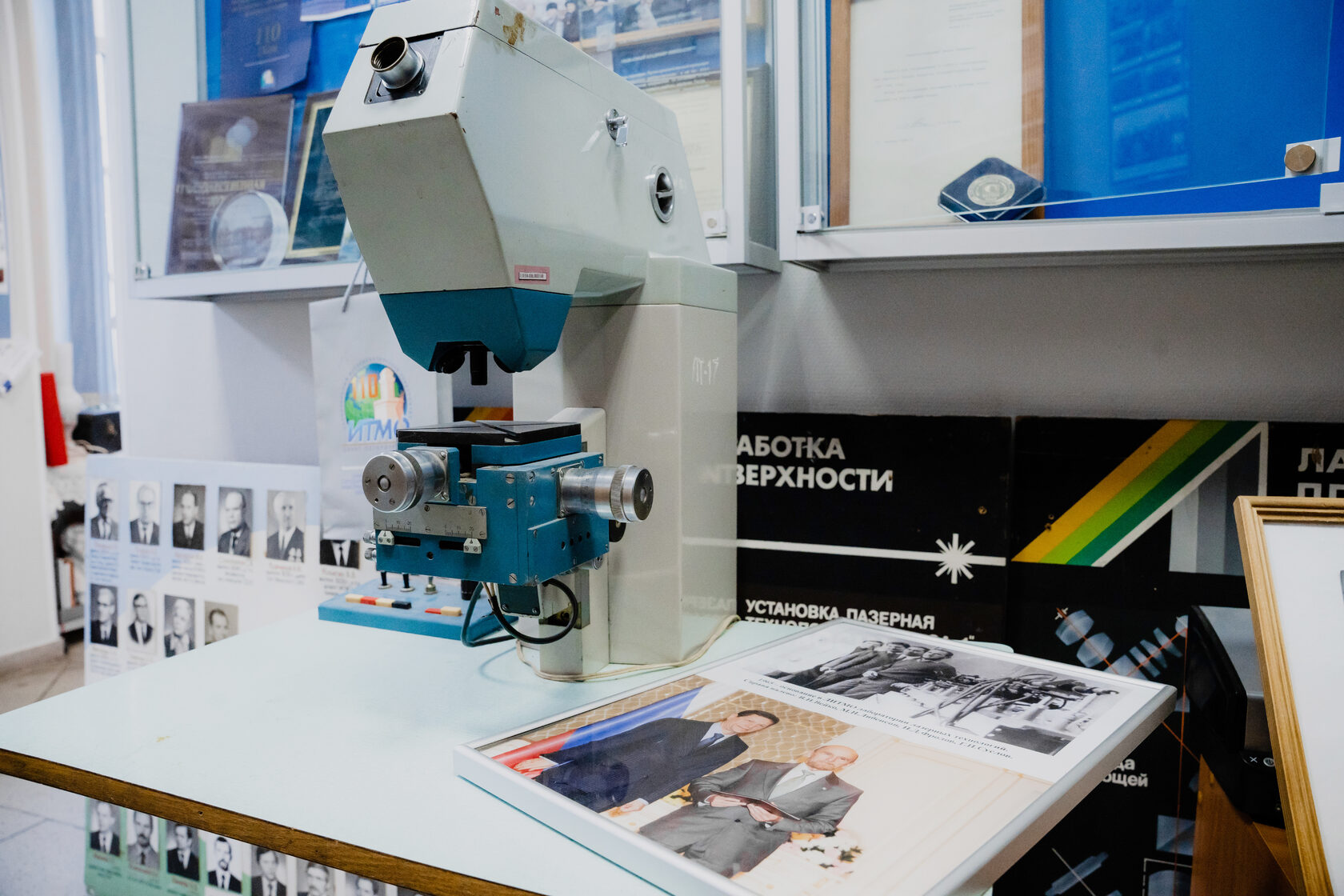
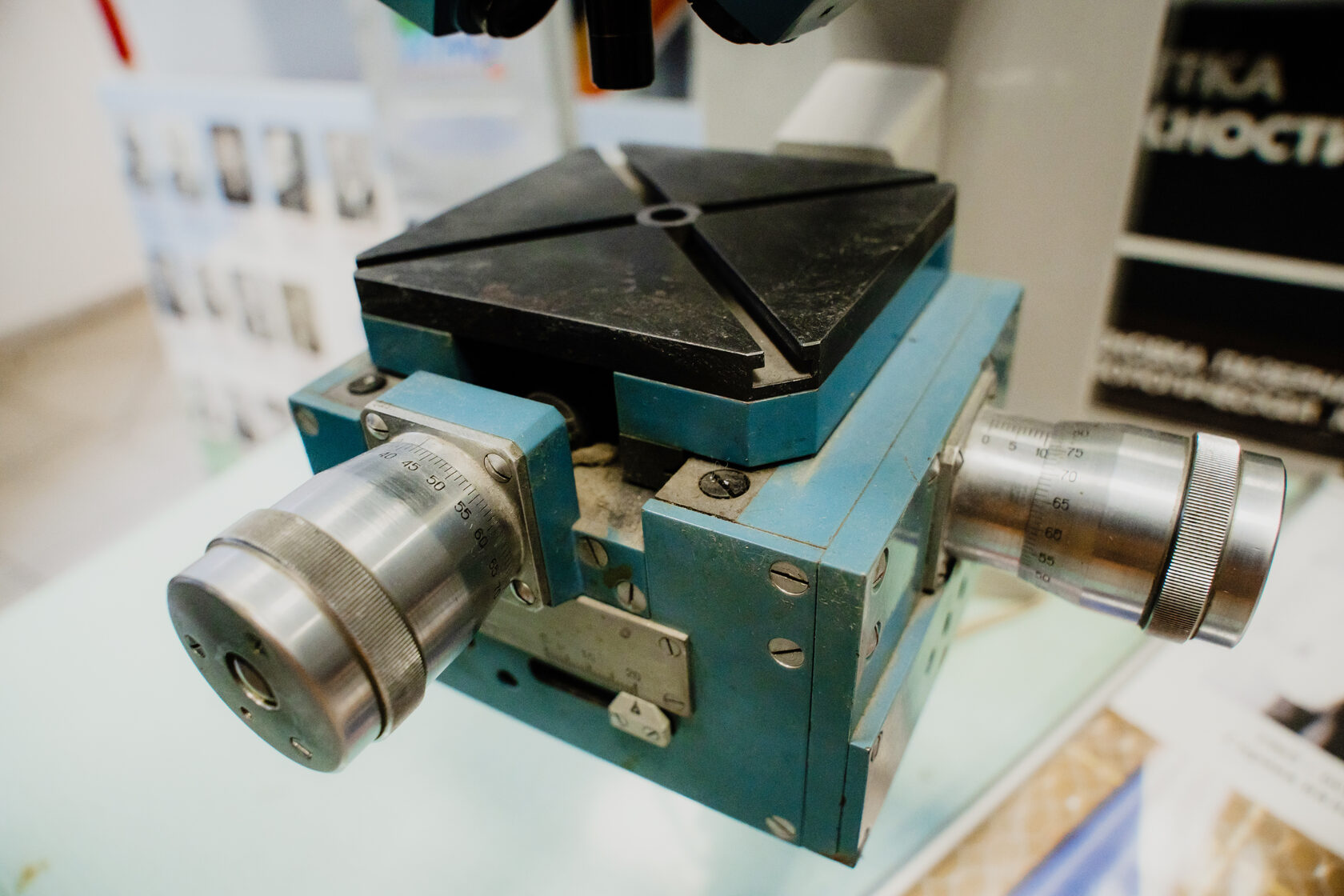
In 2013, ITMO scientists proposed a fast and affordable method for laser-plasma processing of glass to create micro-optical components, which has been actively developed in recent years. Researchers from ITMO also won a grant for the development of smart glasses technology. Together with their colleagues from the Lebedev Physical Institute, they will be developing the technology for femtosecond laser glass processing. The researchers are going to create samples of waveguides invisible to the naked eye, which can potentially allow us to turn eyeglasses into screens.
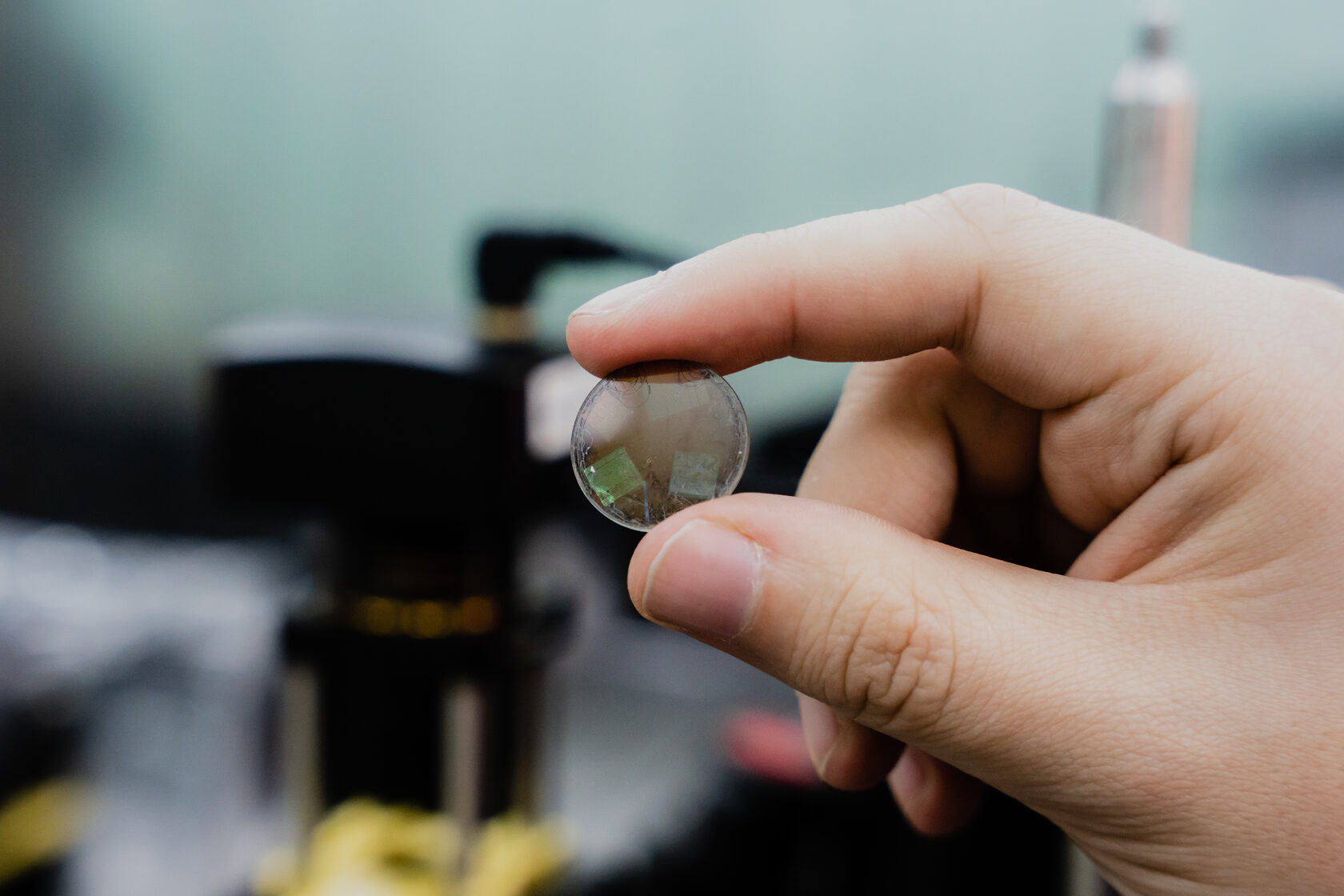
«More than a million implants are placed each year by dentists, and around 5% of them do not last. If one out of three implants don’t survive, it makes up 33%. Our task is to use laser treatment for creating a surface which will stimulate cell osseointegration: biological tissues will better adhere to implants», ― says Galina Odintsova, a senior researcher at the Faculty of Laser Photonics and Optoelectronics.
Also, ITMO scientists are improving the method for laser coloring of the surface of precious metals. Under the influence of a laser beam, plasmonic nanoparticles appear on a surface and change the color of the sample without dyes. Another major area of research has to do with the creation of waterproof or, conversely, moisture-collecting metal surfaces with the use of laser technology. It can be used in medicine for creating antibacterial coatings and enhancing the adhesion of biological objects, as well as in microfluidic devices.
Space
1950s: Astronomy in St. Petersburg
St. Petersburg – and later Leningrad – was one of Russia’s key astronomy research centers. Many acclaimed scientists worked here and developed new devices. It became clear in the second half of the 20th century that astronomers needed an automated system that would allow telescopes to follow a star’s path for high-accuracy observations. The first such system in the USSR was developed by Yuri Sabinin, the future head of LITMO's Department of Automation and Telemechanics. He tested it on the AR-250 telescope at the Pulkovo Observatory.
1960s: The largest telescope mirror
1980s: International space projects
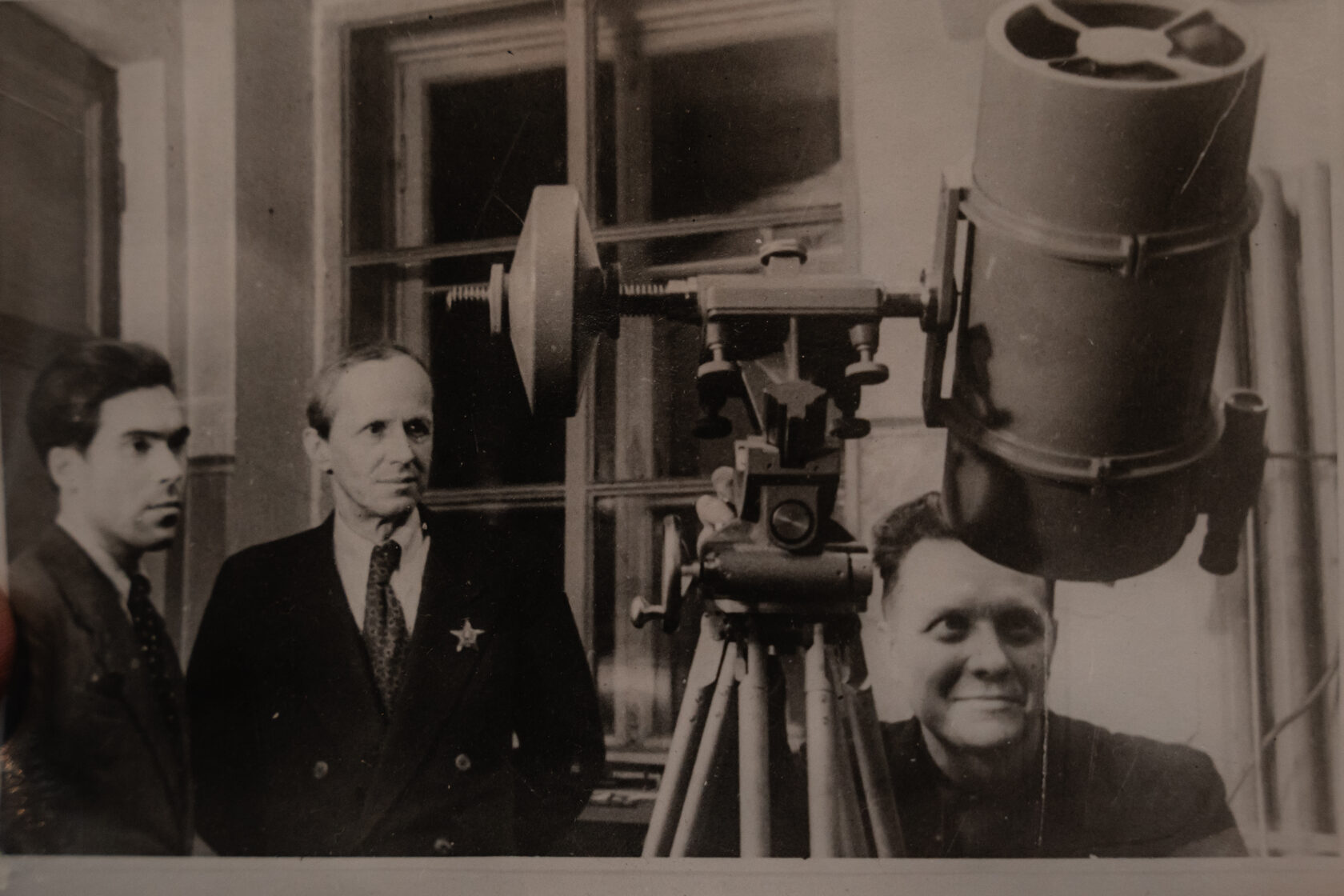
In November 1960, the preliminary design of the Large Altazimuth Telescope was approved. It was set to be installed in the village of Nizhny Arkhyz, in the Caucasus. The telescope's main element was a large six-meter mirror created by a team that included three LITMO employees: Viktor Zverev, Sergey Rodionov and Mikhael Sokolsky. It took almost a decade to plan, design, and cast the mirror; and almost two months to transport it.
As a result, the telescope in Nizhny Arkhyz became the largest in the world and held this title for 20 years, until 1993. To this day, it is one of the most powerful devices in Russian astronomers’ toolset.
As a result, the telescope in Nizhny Arkhyz became the largest in the world and held this title for 20 years, until 1993. To this day, it is one of the most powerful devices in Russian astronomers’ toolset.
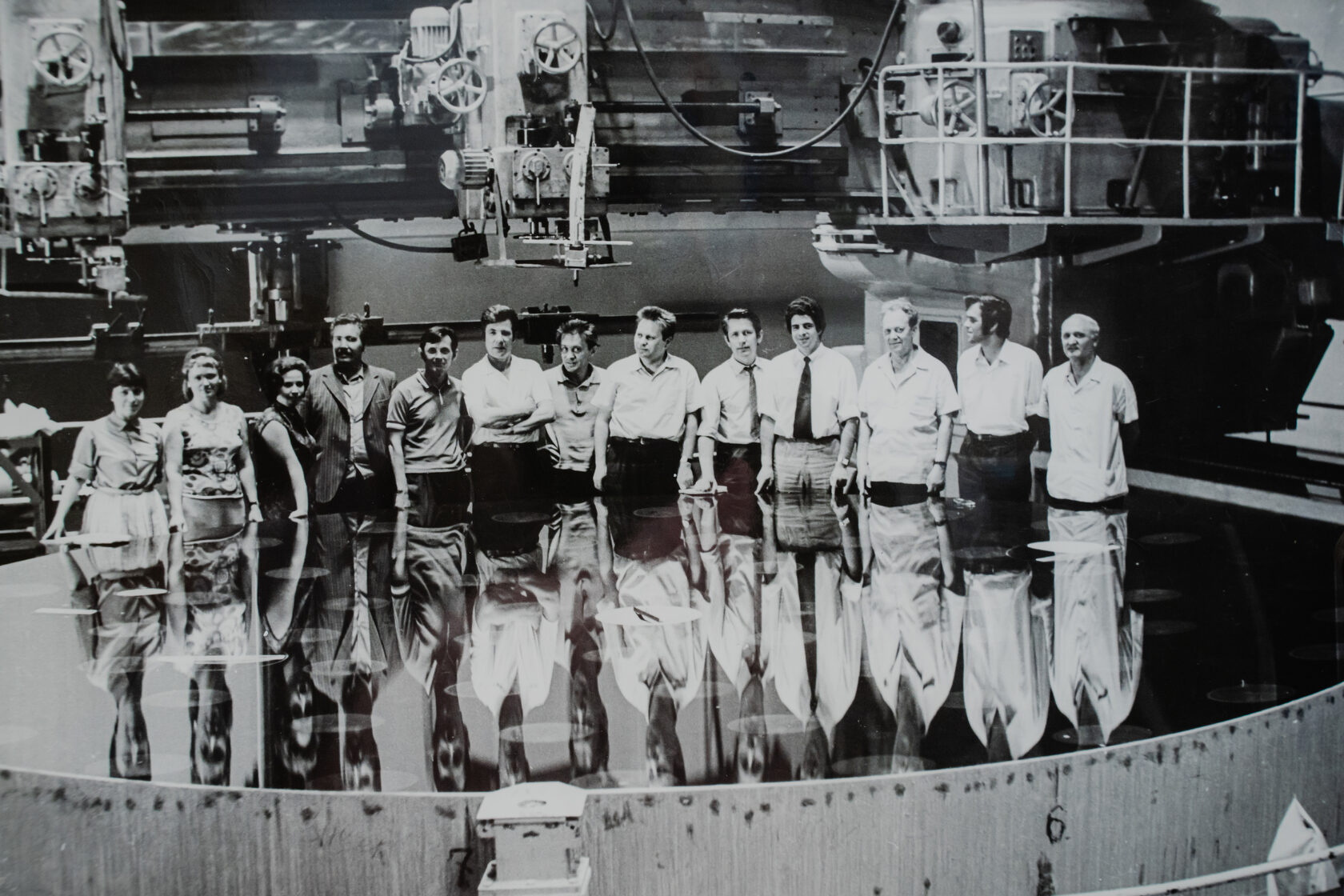
LITMO researchers not only designed elements of ground-based telescopes, but also developed parts for spacecraft. In the mid-1980s, the Soviet Union launched two automatic interplanetary stations: Vega 1 and Vega 2. The development of the telescope for the Vega 2 spacecraft was carried out by Galina Tsukanova, an associate professor of LITMO's Department of Optical Instrument Theory. Her work made it possible to obtain images of the famous Halley's Comet. The memory of the Vega project is still alive in the name of one of Pluto's landmarks – the Terra Vega landmass.
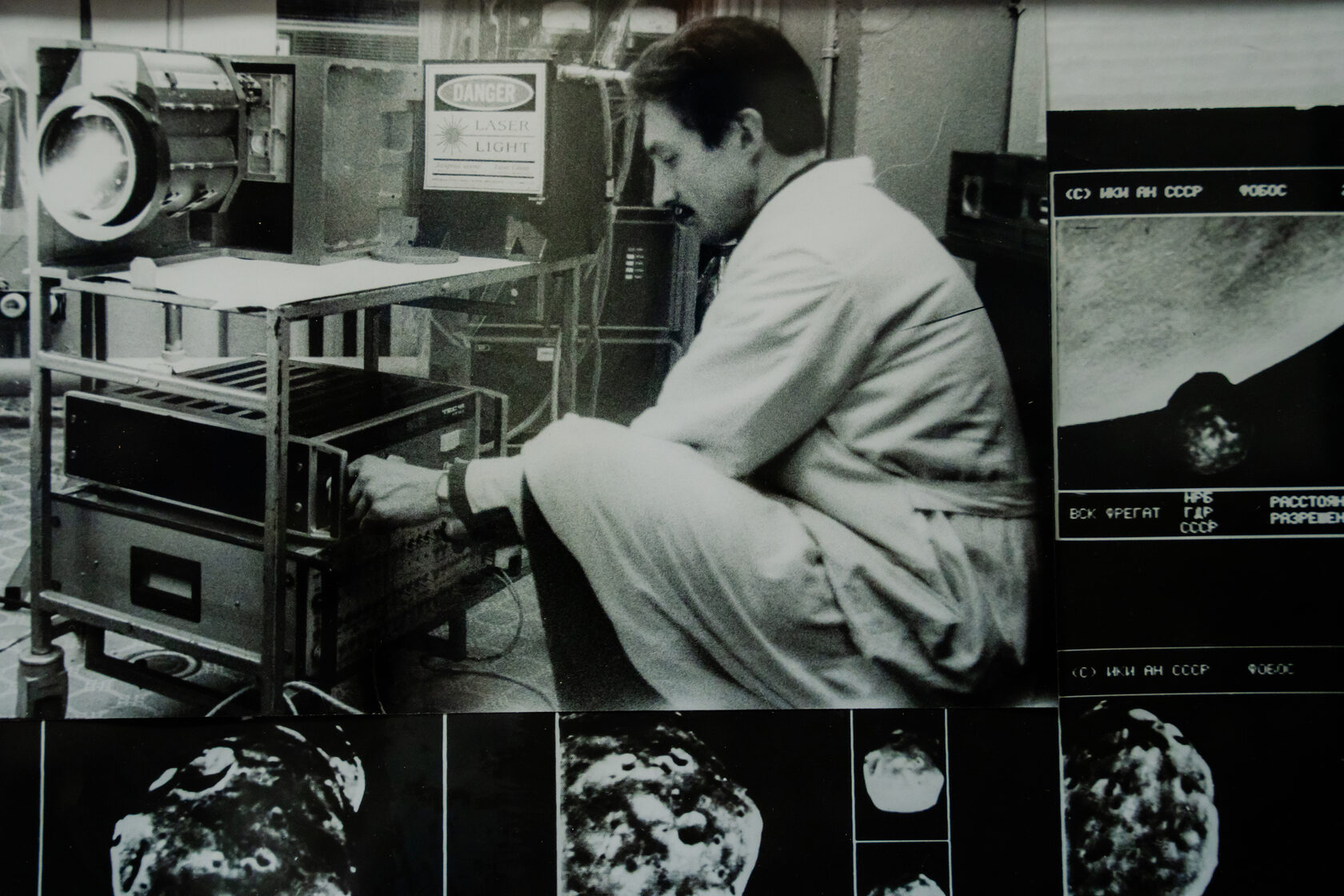
In July 1988, the Phobos 1 and Phobos 2 space probes were launched within five days of each other. These were international projects born from a collaboration between the USSR, nations of the Eastern Bloc, Finland, France, Austria, and the European Space Agency. The purpose of the expedition was to land on Phobos, the satellite of Mars. The device was equipped with a laser altimeter developed at LITMO, a copy of which is still kept in ITMO's Historical Museum. During the mission, astronomers were able to obtain high-precision images of Phobos, as well as data on its magnetic field.
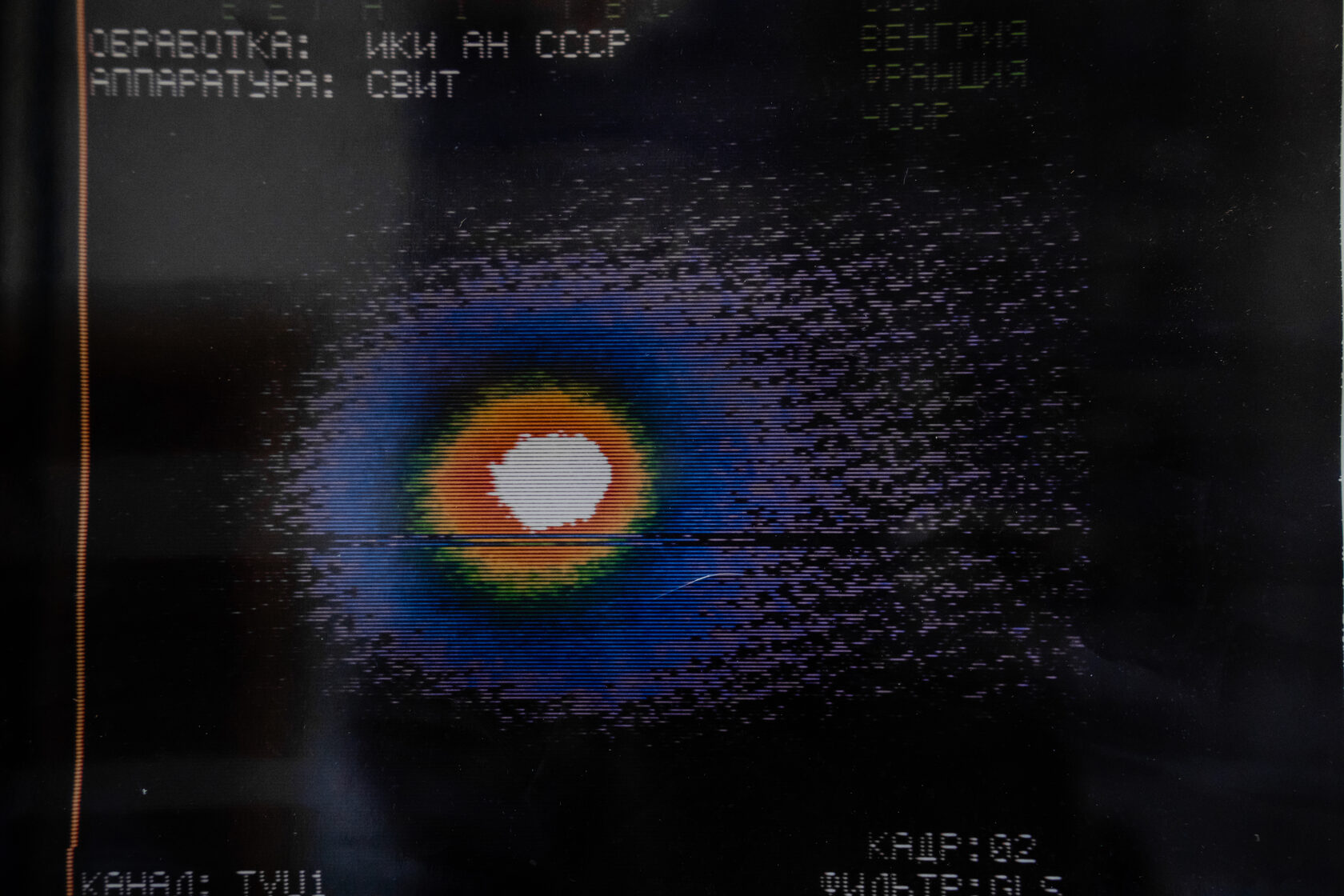
Today: Star- and planet-gazing equipment
ITMO University specialists continue their work on equipping the Special Astrophysical Observatory of the Russian Academy of Sciences in Nizhny Arkhyz. Now, ITMO researchers are designing optical systems for a spectrograph that will help in the search and study of exoplanets – that is, planets that orbit other stars.
Alexey Bakholdin,
Dean of the Faculty of Applied Optics:
«Even with modern telescopes, it is impossible to directly observe a planet from another system. But it is possible to mark the moment when the planet passes through the circumstellar disc of its star. When this happens, the planet blocks out a part of the star's light, thus slightly decreasing its radiation flux. Moreover, if a planet has an atmosphere, that, too, affects the star's detectable spectrum. By studying these changes, we can analyze the planet itself and its atmosphere. That's what the high-resolution spectrographs that we're developing are for».
Dean of the Faculty of Applied Optics:
«Even with modern telescopes, it is impossible to directly observe a planet from another system. But it is possible to mark the moment when the planet passes through the circumstellar disc of its star. When this happens, the planet blocks out a part of the star's light, thus slightly decreasing its radiation flux. Moreover, if a planet has an atmosphere, that, too, affects the star's detectable spectrum. By studying these changes, we can analyze the planet itself and its atmosphere. That's what the high-resolution spectrographs that we're developing are for».
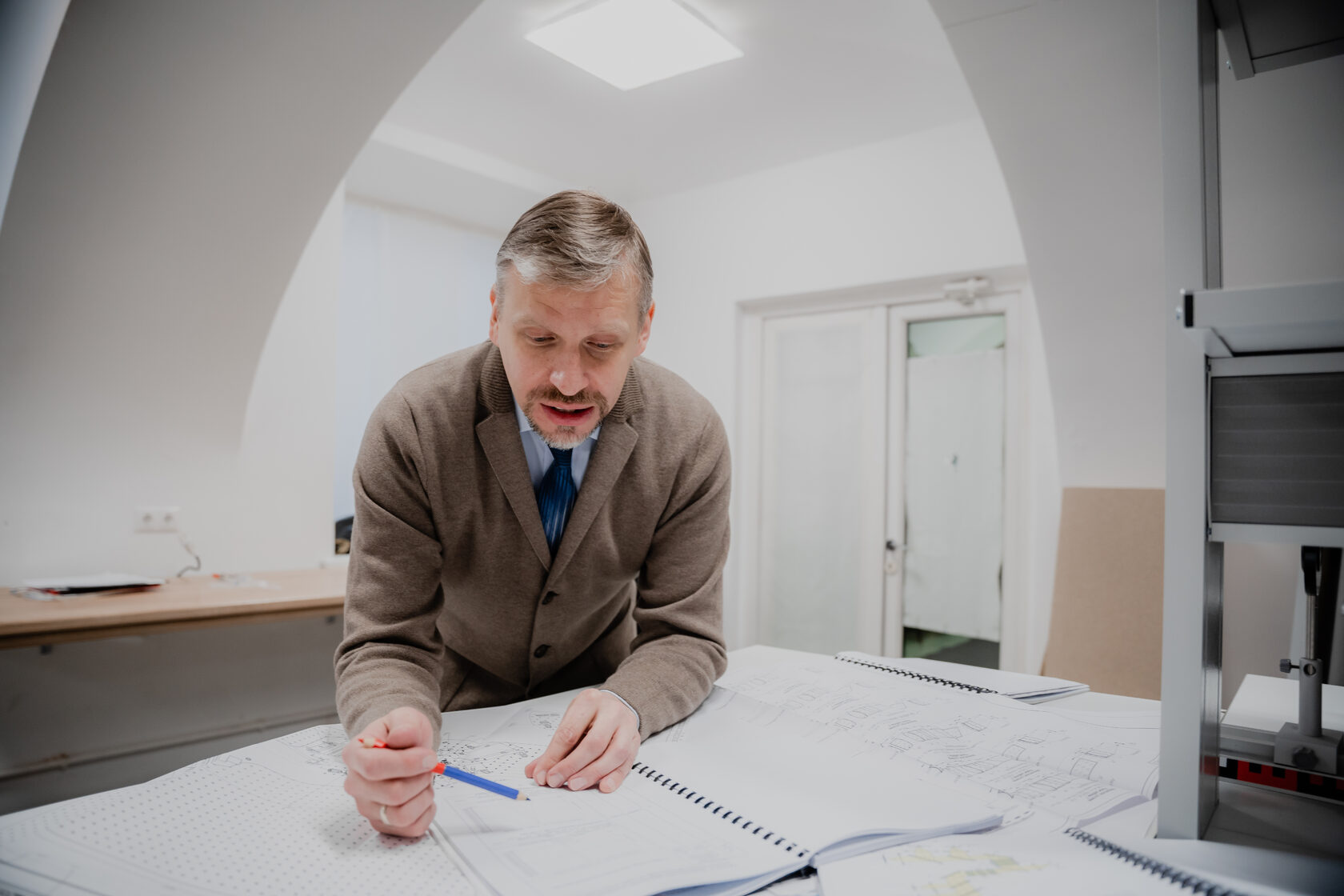
Today: Space fiber
Today, scientists from ITMO are also designing focal tools for the coronographic solar telescope at the Institute of Solar-Terrestrial Physics of the Siberian Branch of the Russian Academy of Sciences. This large-scale project focuses specifically on studying the Sun. These specialists develop spectrographs and filtergraphs that transform radiation after it passes the mirror lens of the telescope. They will help study the magnetic field of our star, acquire information about the development of sunspots and prominences, predict the solar weather, and explore many other processes happening on the Sun.

These days, ITMO University is developing new materials for power electronics that will be installed on artificial satellites. For instance, a new fiber-optic gyroscope is being tested – one of the special devices for spacecraft created at the university. This device has to accurately understand its position in space and maintain its course. For this purpose, ITMO is developing a special optical fiber to be used in such gyroscopes.
Stanislav Aksarin,
head of the Laboratory of Assembly and Alignment of Light-Guided Photonic Devices.
«Regular optical fiber goes blind when subjected to radiation. The radiation that passes through the fiber is absorbed at its core and the device stops working. We develop and study optical fiber with a core of pure quartz, which doesn't suffer from such destructive effects of radiation».
head of the Laboratory of Assembly and Alignment of Light-Guided Photonic Devices.
«Regular optical fiber goes blind when subjected to radiation. The radiation that passes through the fiber is absorbed at its core and the device stops working. We develop and study optical fiber with a core of pure quartz, which doesn't suffer from such destructive effects of radiation».
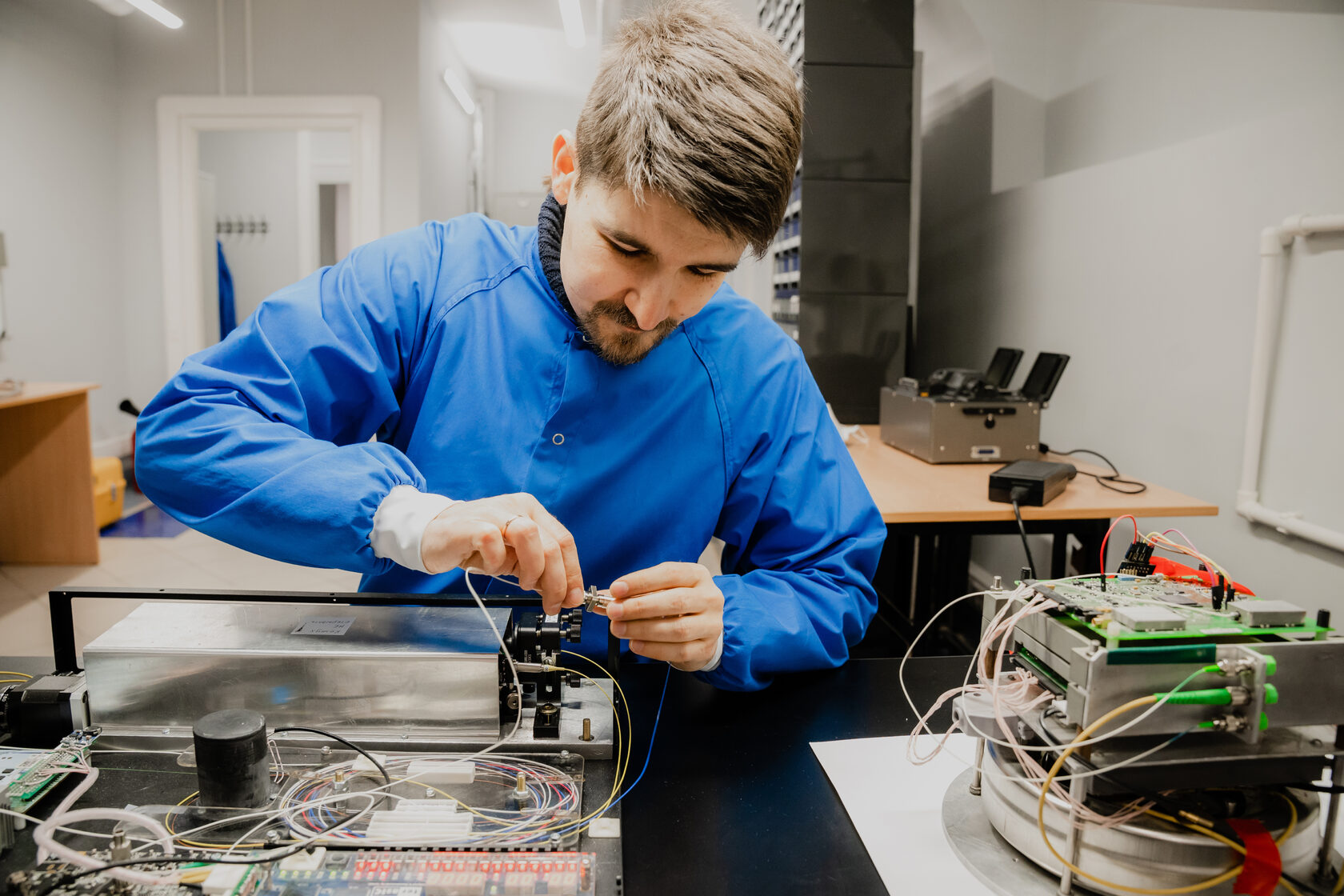
Researchers are also working on temperature sensors for spacecraft. These will be made using thin fiber, the volume and weight of which will give them an advantage over their electronic counterparts that are stuffed with copper wire. This will make it possible to significantly reduce the total weight of the devices.
Biotechnologies
1930s: Training specialists for the food industry
In 1931, two educational institutions were founded in Leningrad: the Leningrad University of Refrigeration and Food Processing Technologies and the Leningrad Mechanics and Technology Refrigeration Plant. Before the war, these institutions changed their names and educational programs, but they worked in the same field – training specialists for the food industry and refrigeration engineers.
1940s: The technologies that saved lives

Food scientists and technologists saved thousands of lives during the Great Patriotic War. Mikhail Knyaginichev, who at the beginning of the war worked at the laboratory of the Leningrad Bread Baking Trust, was among those who developed the recipe for bread that was rationed to the citizens of Leningrad.
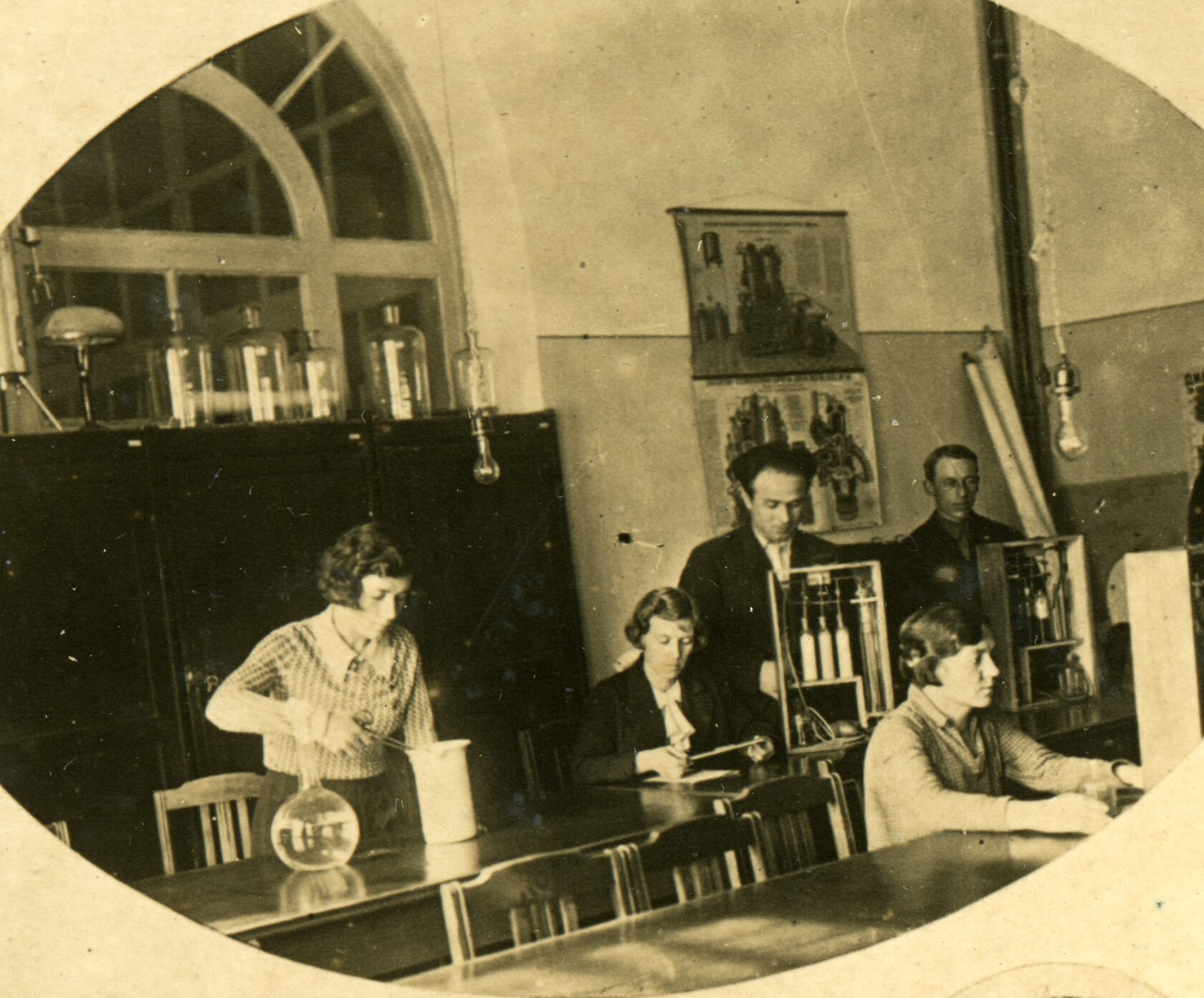
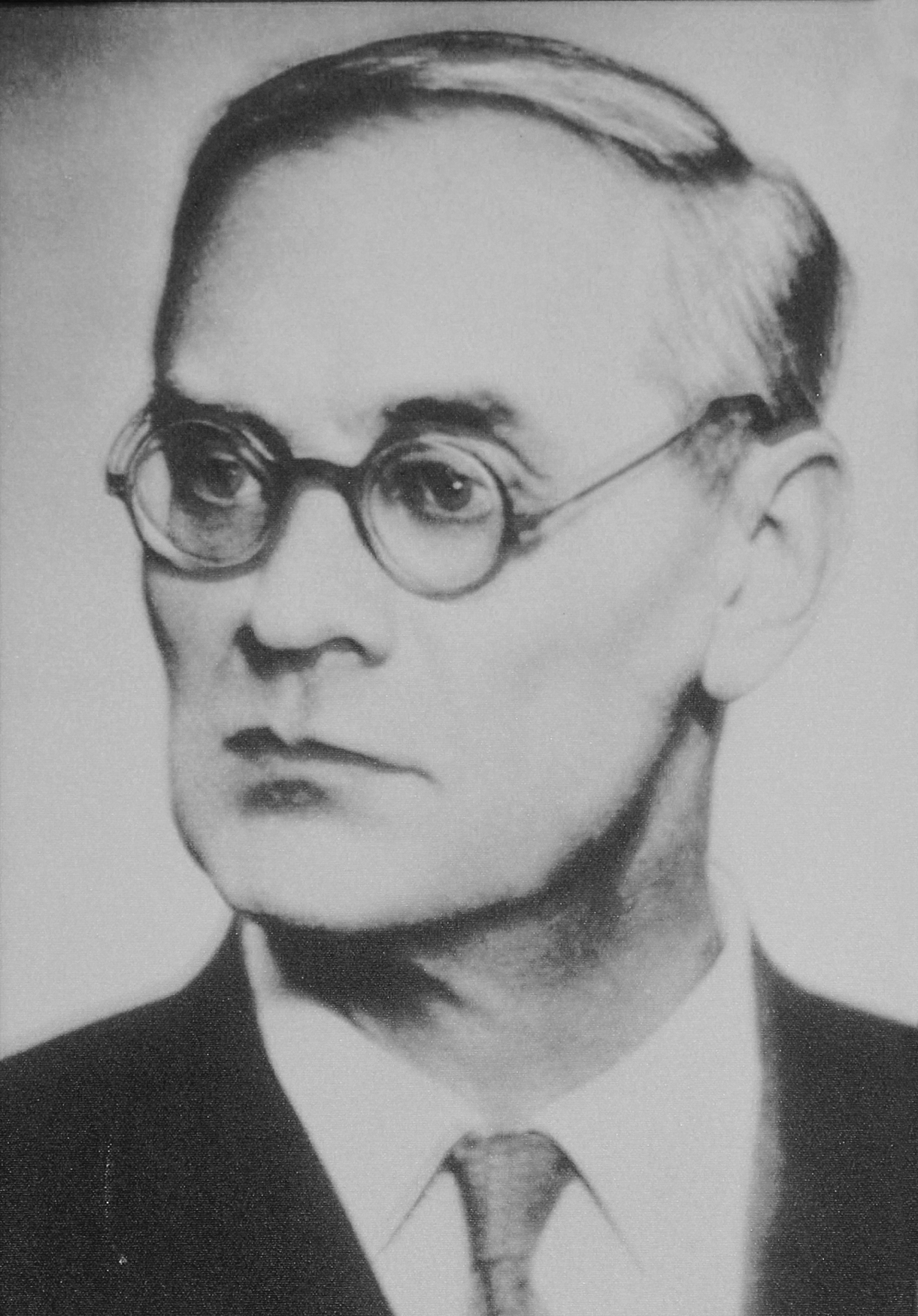
Mikhail Knyaginichev
When the Siege was laid, together with his colleagues, he had to find a way to keep baking bread despite the drastic shortage of raw materials. They managed to make bread from materials that no one would have dared put into the bread ovens before the war. After the war, Mikhail Knyaginichev became a lecturer at the Leningrad Institute of Refrigeration and Dairy Processing, created after the merger of the two universities established in 1931.
There was also a catastrophic shortage of milk, which was needed for the children and the wounded. Scientists in Leningrad, among them Ekaterina Danini, developed a production recipe for a milk substitute from soy, as well as a concentrated extracted meal from soybean by-products.
1950s: New technologies
After the war, the Leningrad Institute of Refrigeration and Dairy Processing continued training students and conducting research. Prof. Nikolai Golovkin developed a method of storing food at nearly-cryoscopic temperatures. Prof. Alexander Grishchenko developed a new technology for butter production. His book on this subject was published outside the USSR.


2010s: St. Petersburg State University of Low-Temperature and Food Processing Technologies joins ITMO University
In 2011, St. Petersburg State University of Low-Temperature and Food Processing Technologies merged with ITMO University, but its research in the field of refrigeration, food, and eco-technologies continues and flourishes.

Today: New products
These days, researchers from the School of Biotechnology and Cryogenic Systems are working on new bread starters that will further raise the quality and nutrition value of bread. Scientists are experimenting with flaxseed flour.
Moreover, scientists are exploring the possibility of creating milk substitutes from new plants. In addition to the usual buckwheat, soy, and oat milk, experts want to create protein drinks from triticale, lupine, and sunflower seeds. New types of beer are also being actively developed – for instance, researchers are working on beer with probiotic properties and gluten-free beer.
Moreover, scientists are exploring the possibility of creating milk substitutes from new plants. In addition to the usual buckwheat, soy, and oat milk, experts want to create protein drinks from triticale, lupine, and sunflower seeds. New types of beer are also being actively developed – for instance, researchers are working on beer with probiotic properties and gluten-free beer.
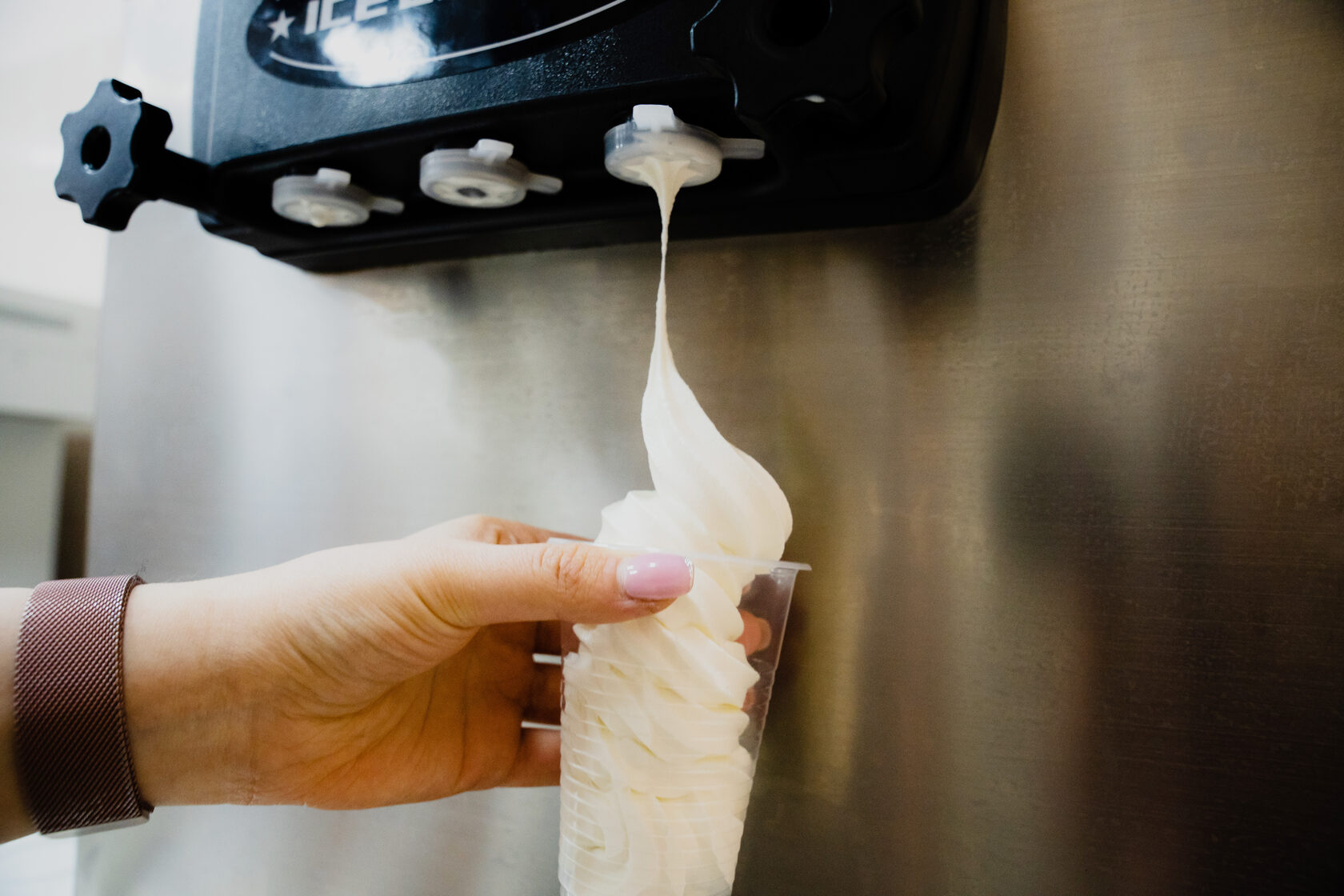
«Another area of our research is reducing the toxicity of ethanol in beer. There are plants that are traditionally used for this purpose in some cultures. Some plants are used for wine, and others – for strong liquor. We have already started experimenting with beer», ― says Tatiana Meledina, a professor at the Faculty of Biotechnologies.
Scientists are also developing recipes and technologies for vegan ice cream, as well as ice cream enriched with biologically active substances and ice cream for athletes.
Other research concerns food dyes that retain their properties throughout the entire shelf life of a product. Researchers are also looking into systems that would enrich foods for different population groups with biologically active substances and probiotic microorganisms.
Other research concerns food dyes that retain their properties throughout the entire shelf life of a product. Researchers are also looking into systems that would enrich foods for different population groups with biologically active substances and probiotic microorganisms.
There are also projects aiming to produce essences and nanoemulsions that would prolong products' shelf life. Scientists are conducting research aiming to create beverage concentrates that retain their beneficial properties in long-term storage. Finally, researchers are isolating and identifying new yeast strains, as well as developing natural eco-friendly food coatings based on chitosan, gelatin, and starch.
Creators:
Text by: Konstantin Krylov
Photo and video: Margarita Erukova
Layout: Ekaterina Shevyreva
Editor: Elena Menshikova
Translation by: Vasilii Perov, Marina Belyaeva, Catherine Zavodova
Text by: Konstantin Krylov
Photo and video: Margarita Erukova
Layout: Ekaterina Shevyreva
Editor: Elena Menshikova
Translation by: Vasilii Perov, Marina Belyaeva, Catherine Zavodova

© ITMO.NEWS
ITMO University
Content use policy (RUS)
This project uses photos provided by the ITMO University Museum
ITMO University
Content use policy (RUS)
This project uses photos provided by the ITMO University Museum
